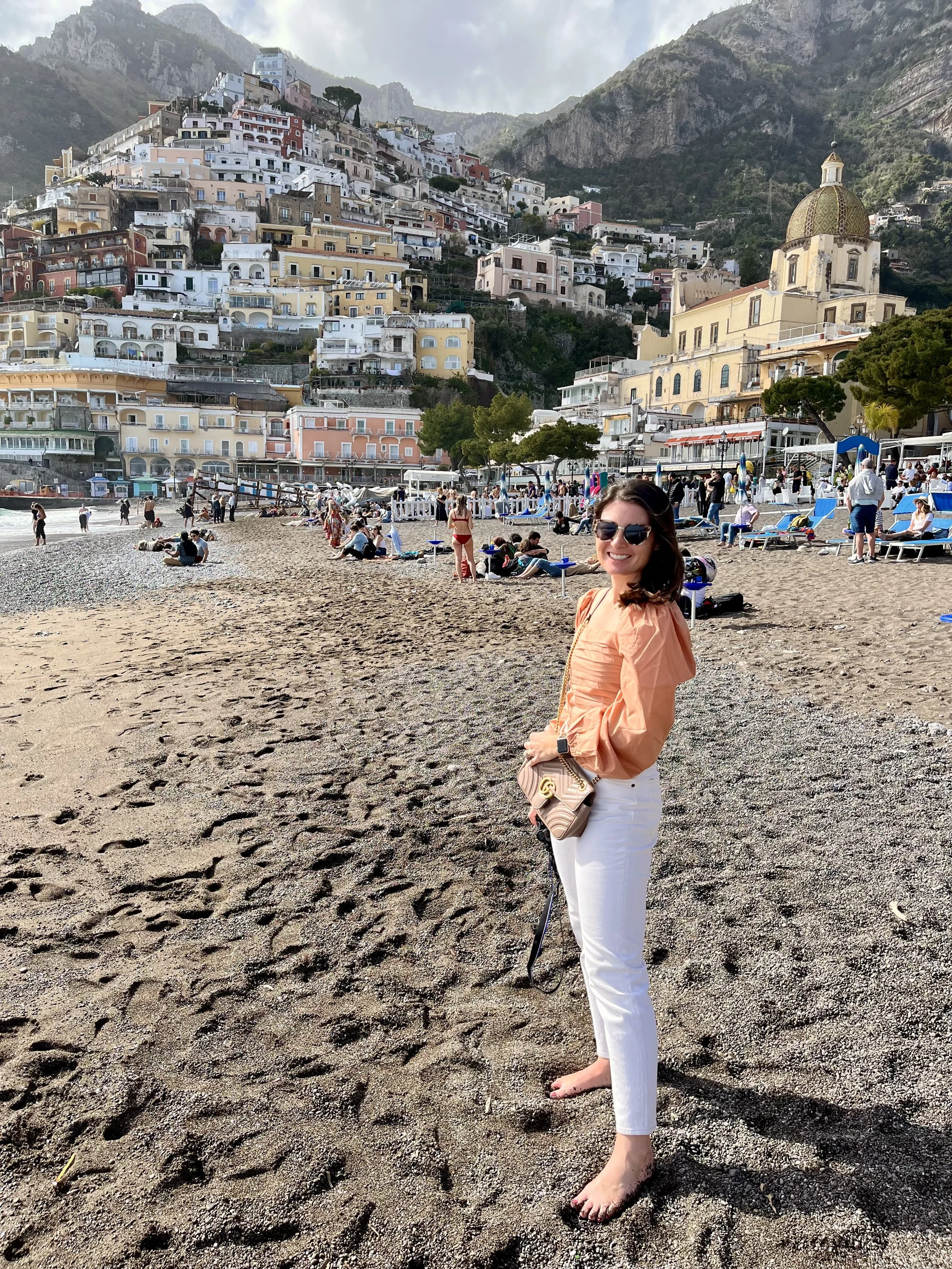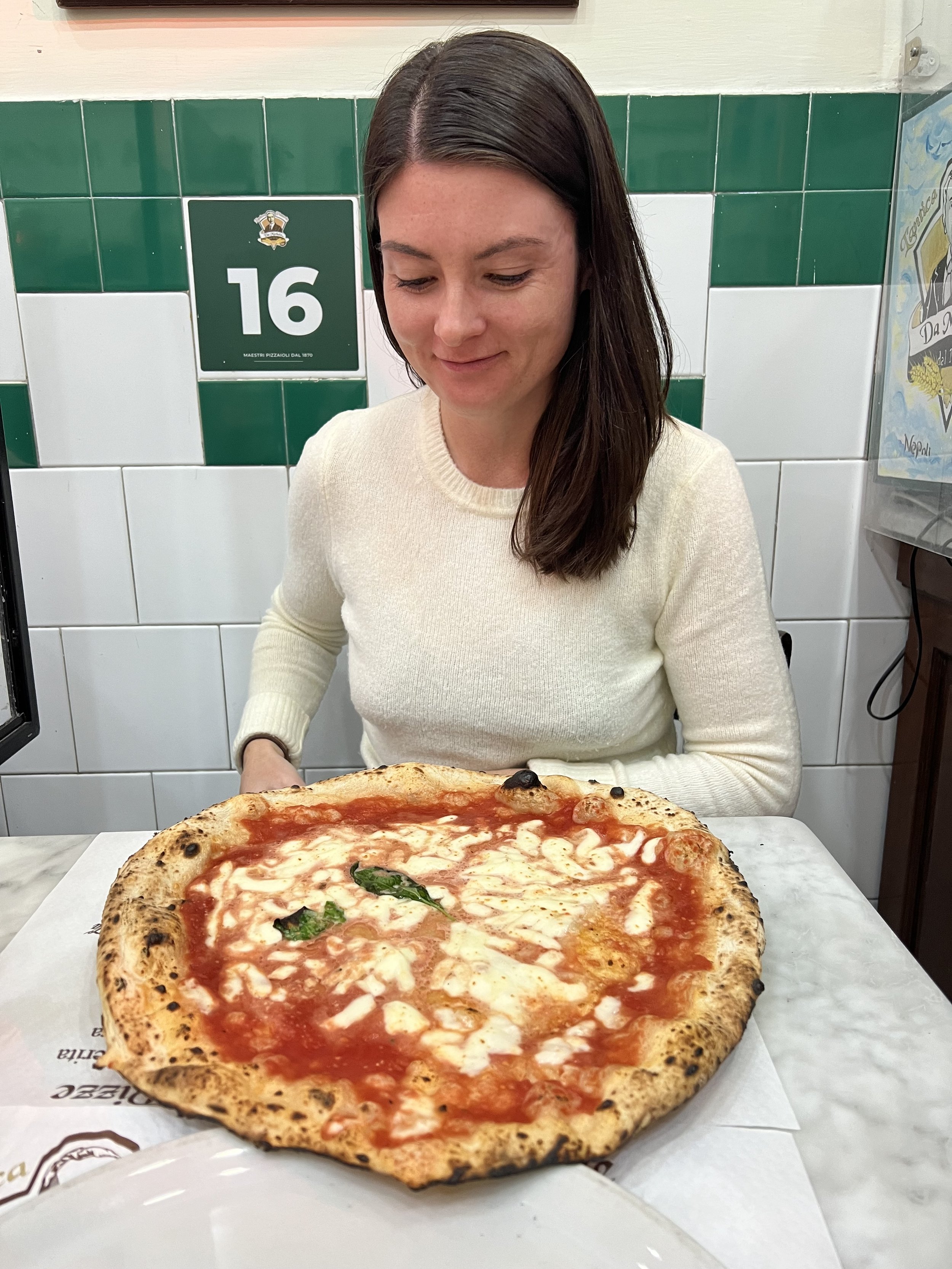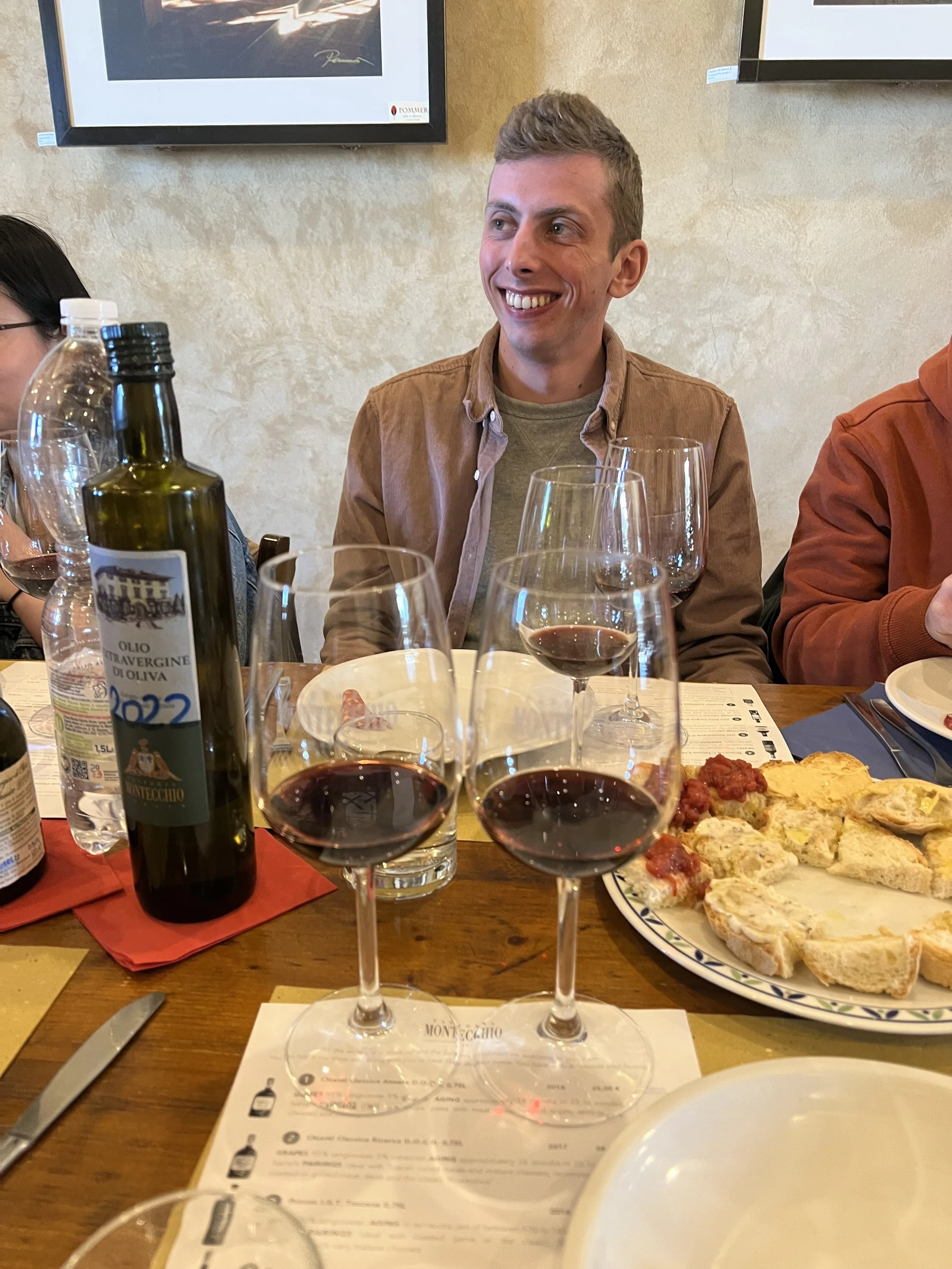
Italy
Italy
Where to start? There’s the history of Rome, the beaches of the Amalfi Coast, and the winding streets of Florence, among other notable Italian sights. We visited all three sights in the span of two weeks, though each destination could be its own dedicated trip. This was my third time visiting Italy, and the first time visiting during Holy Week. The week leading up to Easter has a number of religious events and is a particularly festive time of year to visit.
Italy Highlight #1
Explore the Amalfi Coast (even in the off-season)
Italian beaches are high on many tourists’ must-visit lists, particularly in the summer. We visited in late March, before the April 1st date that marks the return of ferry service and the unofficial start of the Italian summer season. While some hotels and restaurants were eagerly preparing for for the return of high season, we experienced mild temperatures in the high 50s to low 70s, sunny weather, and few tourists, making these Italian hot-spots manageable and enjoyable.
We split our time between Sorrento and Positano, with day trips to Capri and Naples. Our decision to base ourselves primarily in Sorrento came down to logistics, as the city is at the end of a train line, whereas Positano is only accessible by infrequent bus or cab before ferry service resumes in April.
We booked a trip to the island of Capri with Coop. Marina della Lobra, a company recommended by our Airbnb hosts. The operator picked us up at our accommodations and brought us to a port outside of Sorrento, where we boarded the boat alongside 20 other tourists. We were brought to the island and given 6 hours to explore on our own, before returning to our boat and touring the island by sea. We sailed past the Blue and Green Grottos, Marina Piccola, and the famous Faraglioni rocks before making our way back to Sorrento.
We spent one night in Positano to end our time on the Amalfi coast. Be warned: there are buses every half hour from central Sorrento, but when we visited in March, buses ran every half hour. There was a line of tourists stretching around the station waiting for the next bus, so it took us around 2 hours to finally board. Taxis are available but quoted over 100€ for the half-hour journey. Consult the bus schedule (or, in peak season, board a ferry)—but be prepared to wait.
We thoroughly enjoyed our time in Positano, but after exploring the narrow, winding streets in the off-season, it’s easy to imagine the chaos that ensues when the city is bustling with tourists. It’s a compact, manageable city that you could explore in a day—but we enjoyed having Positano to ourselves once the sun went down and day-trippers departed. The cliffside town is notoriously hilly, so be prepared to walk—but the views both from the roads above and from the beach below are spectacular.
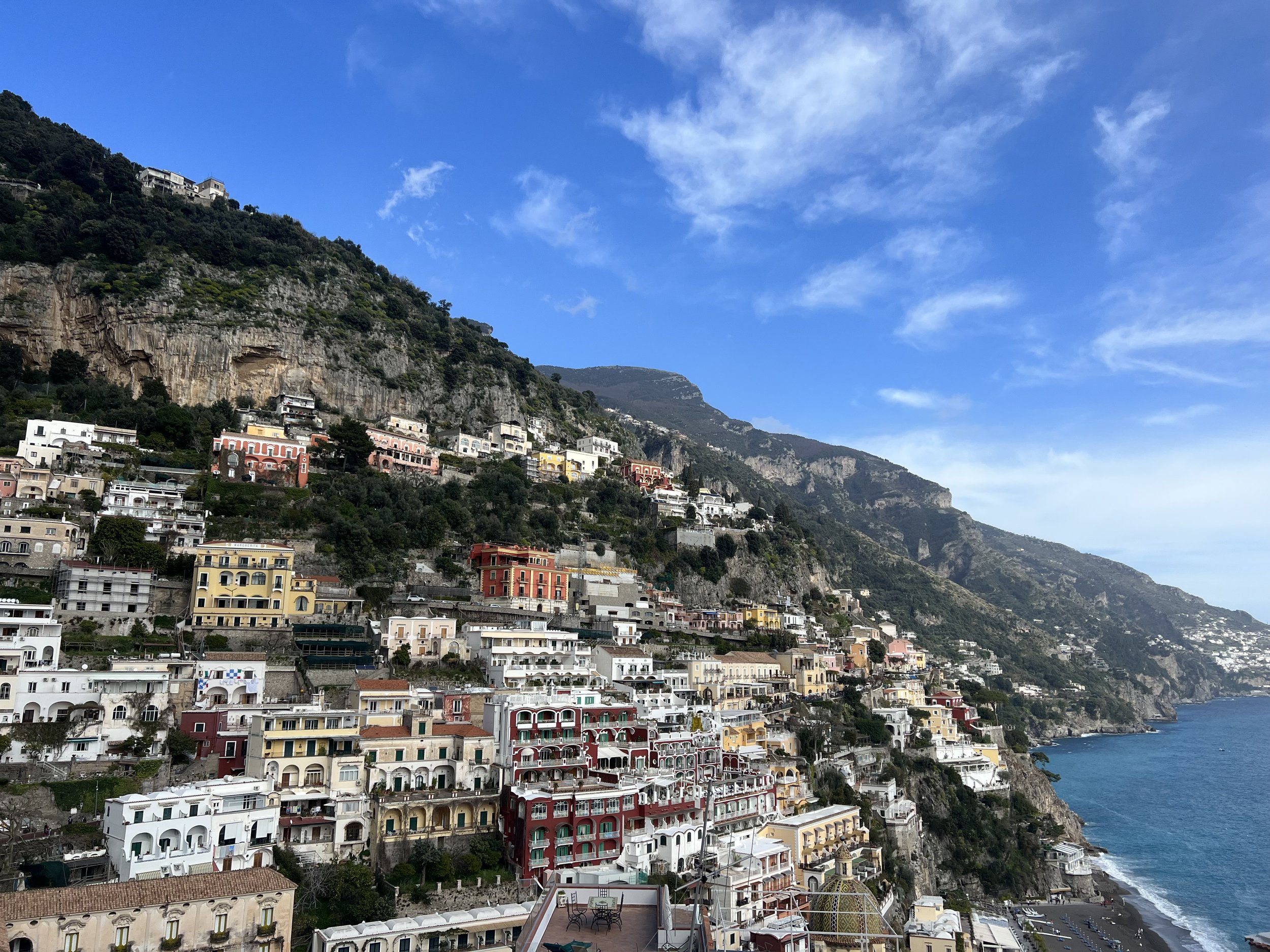

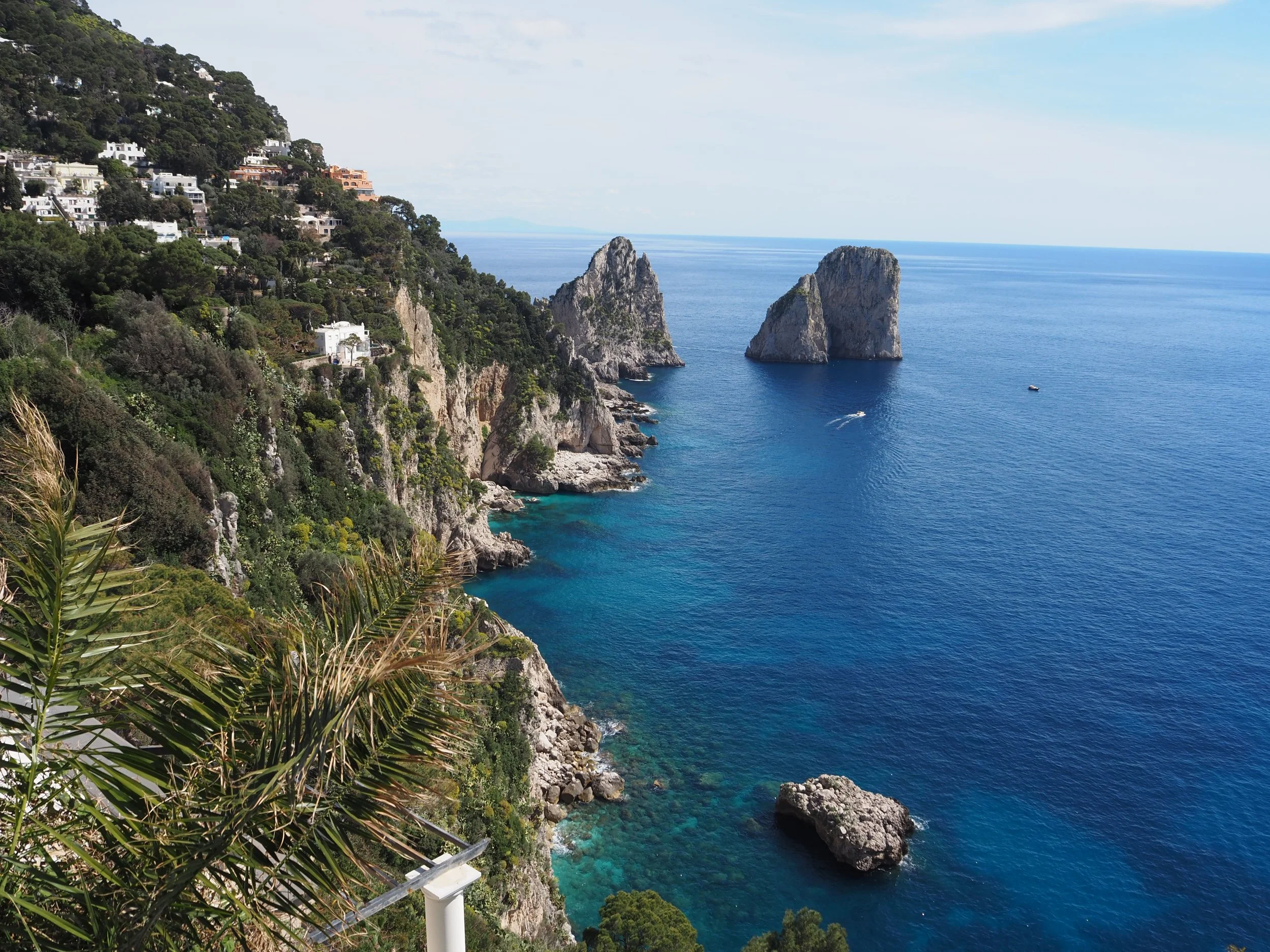
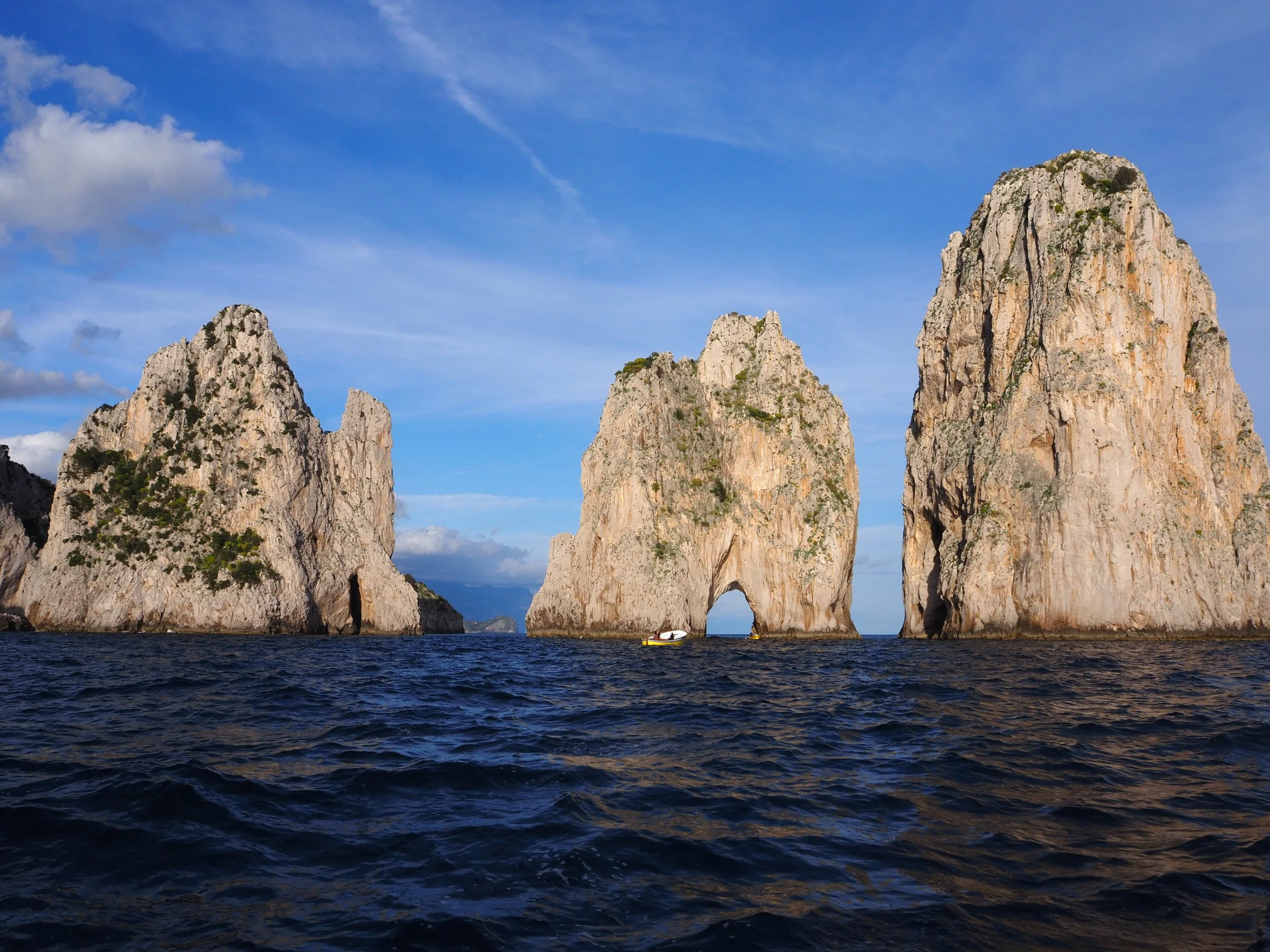
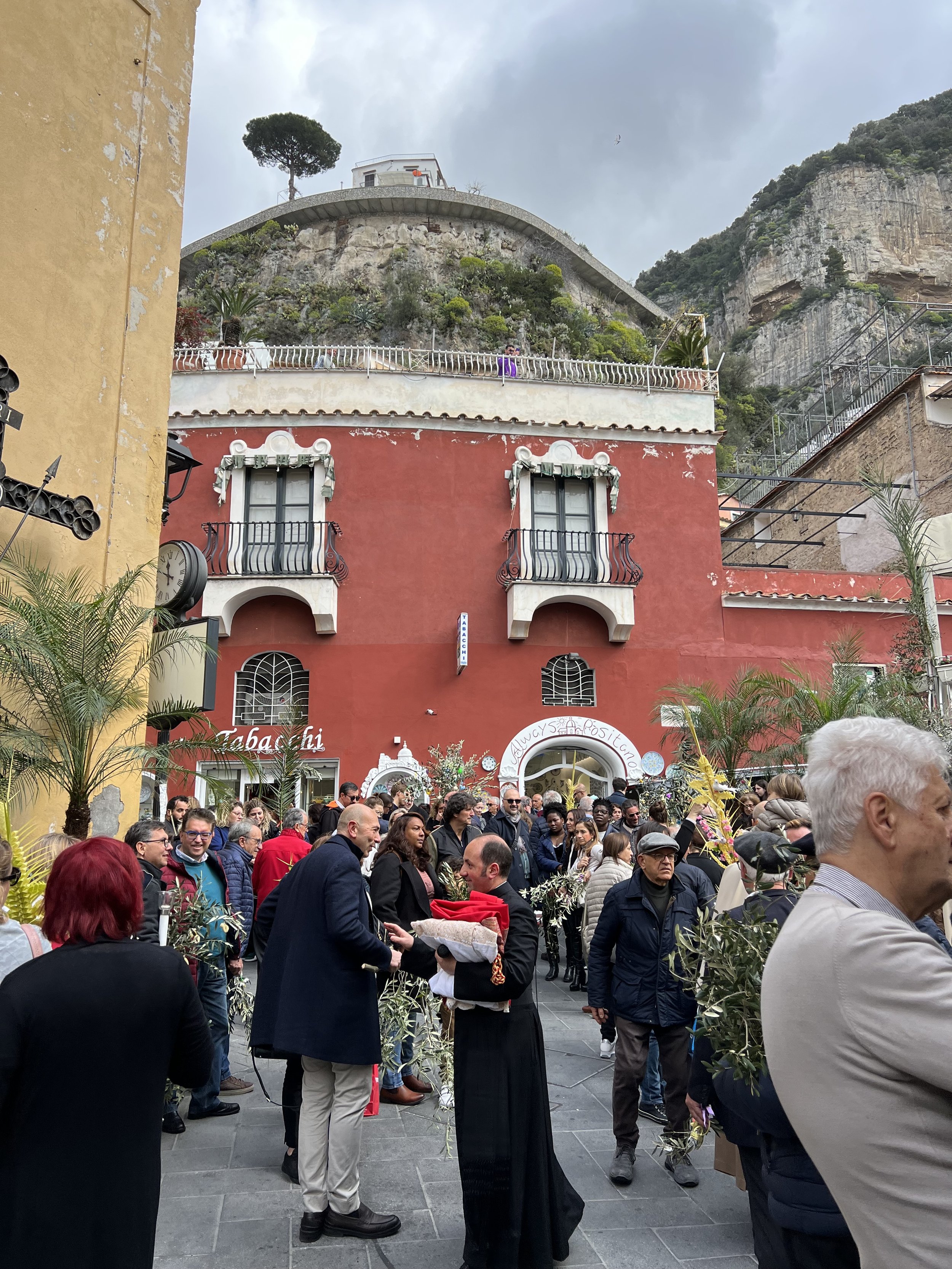
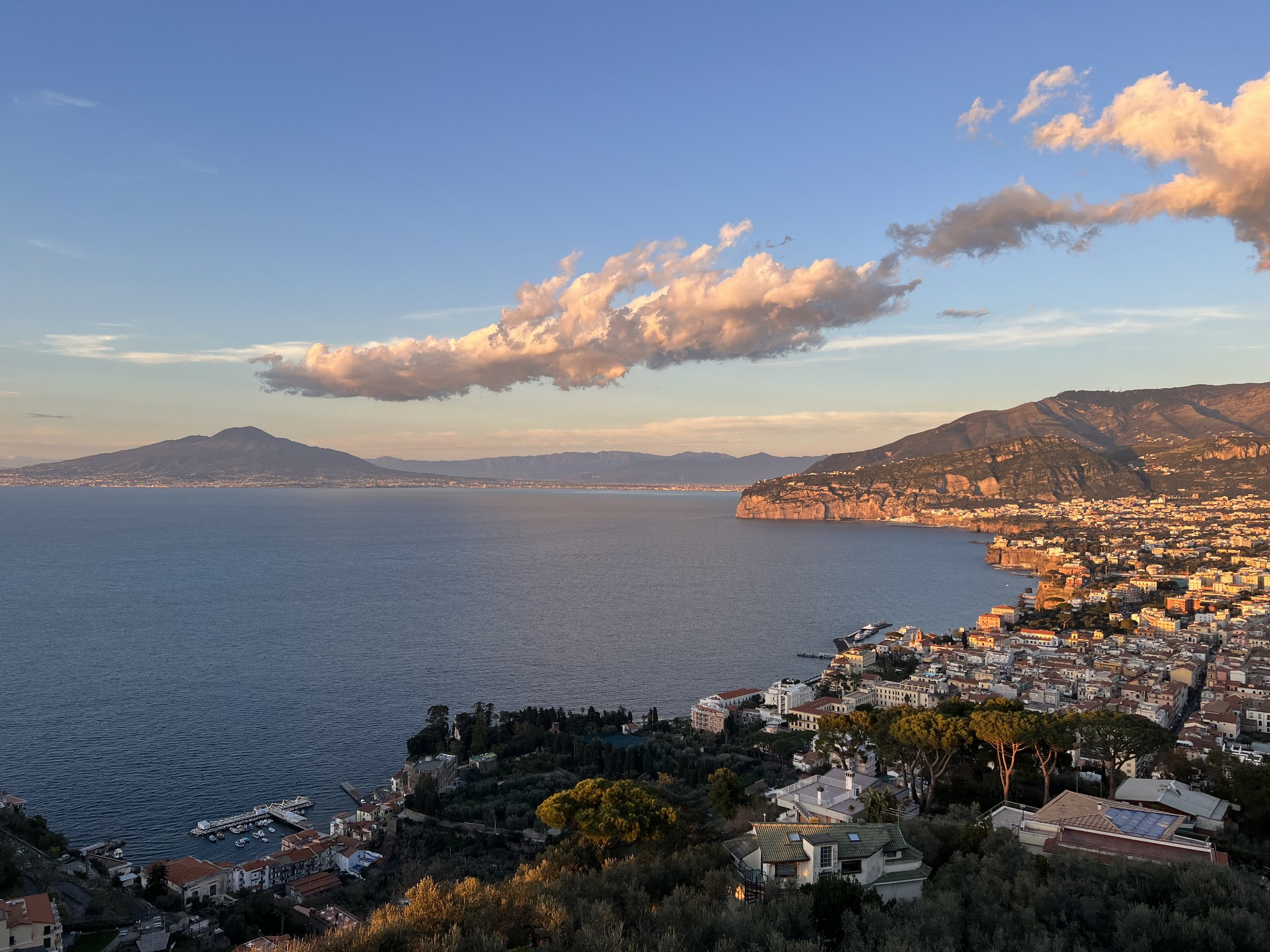
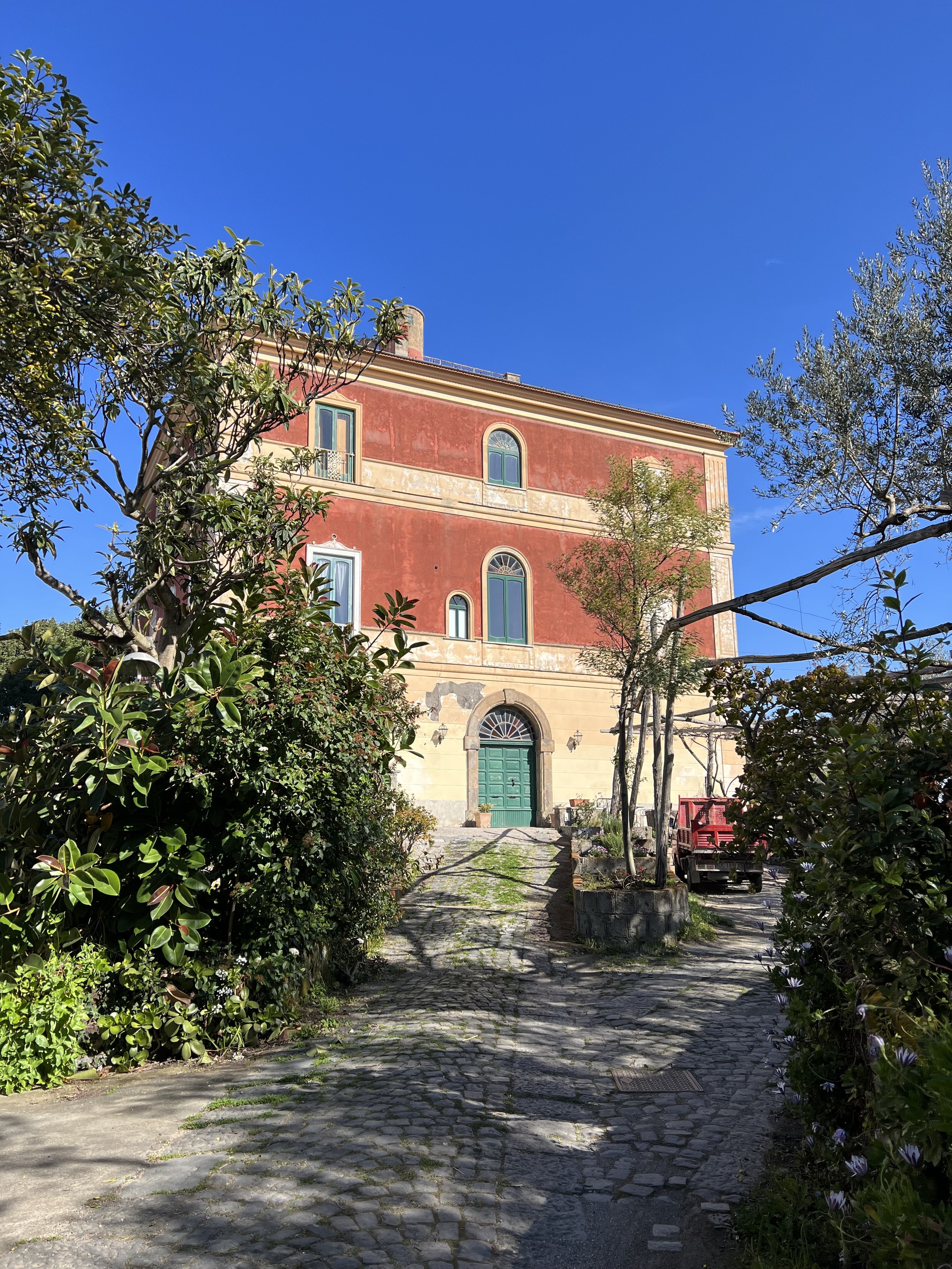
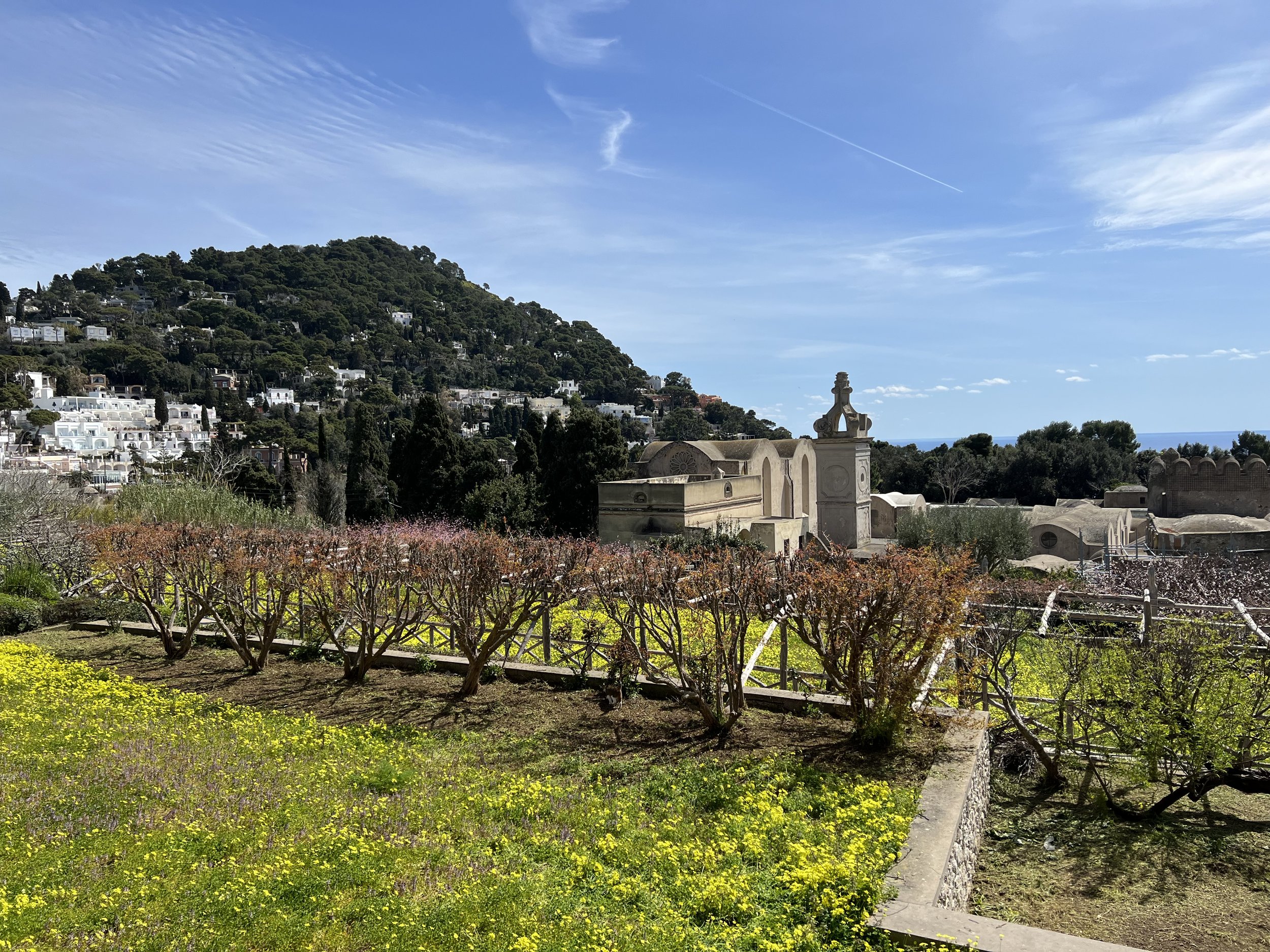
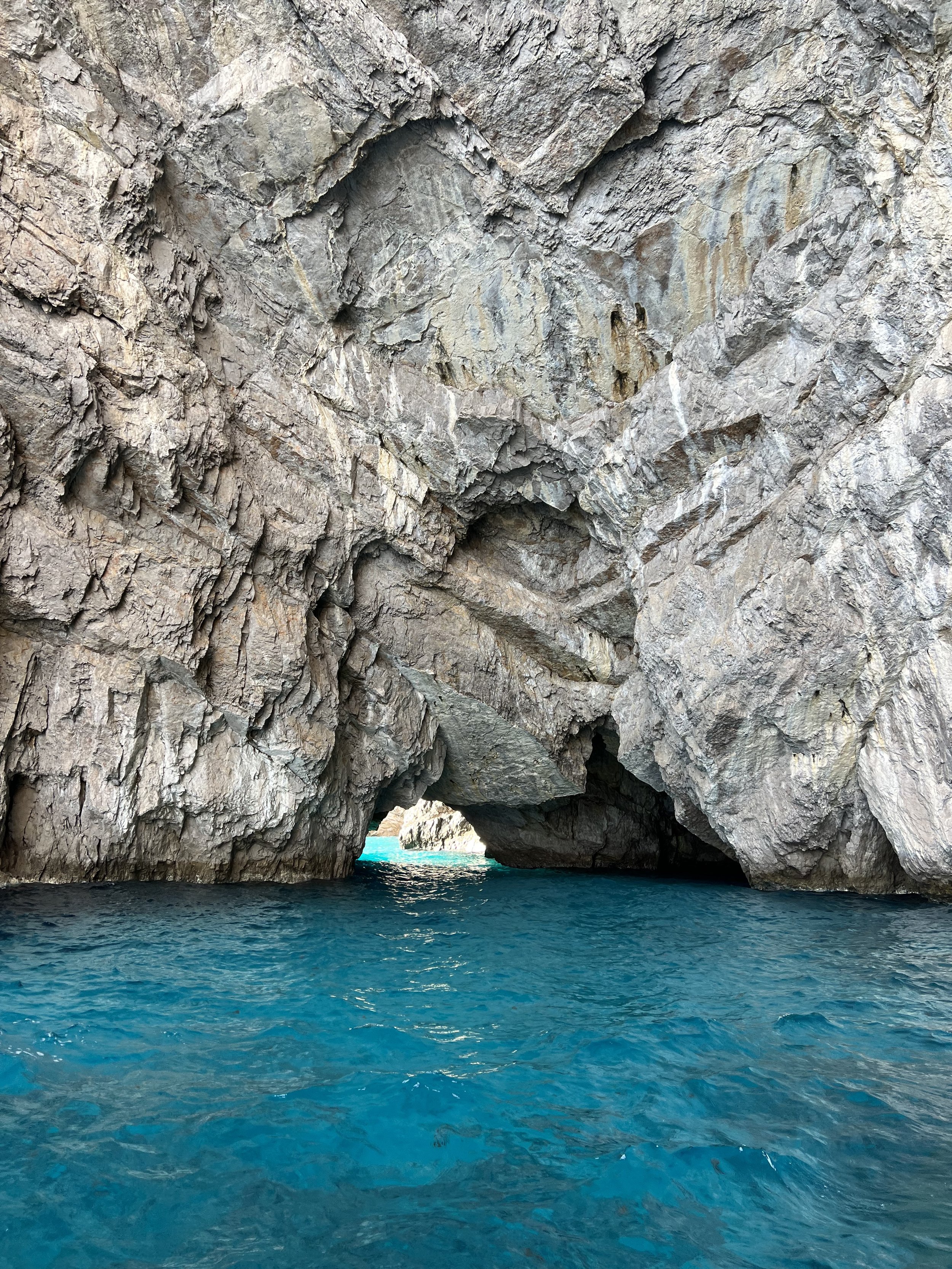
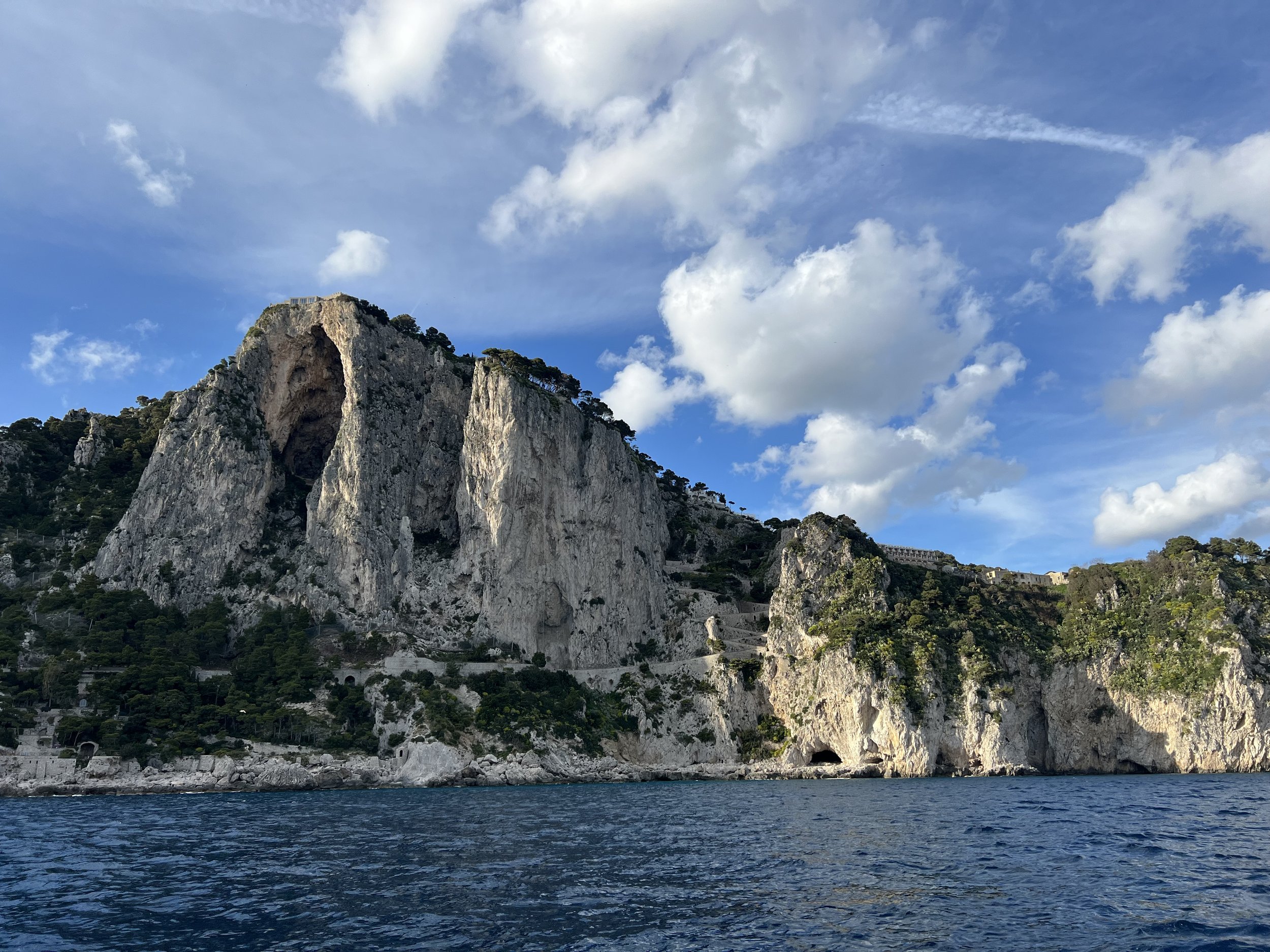
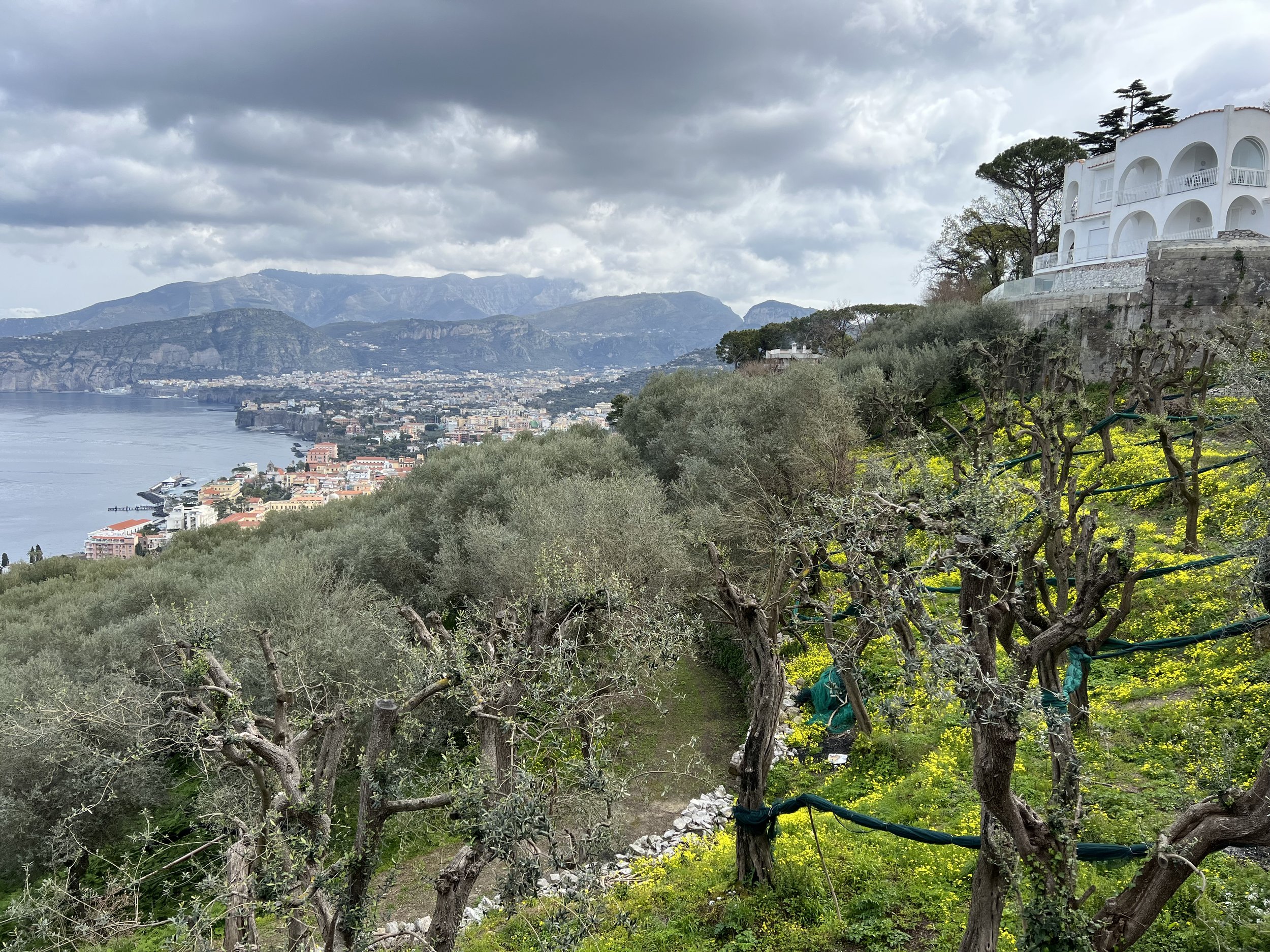


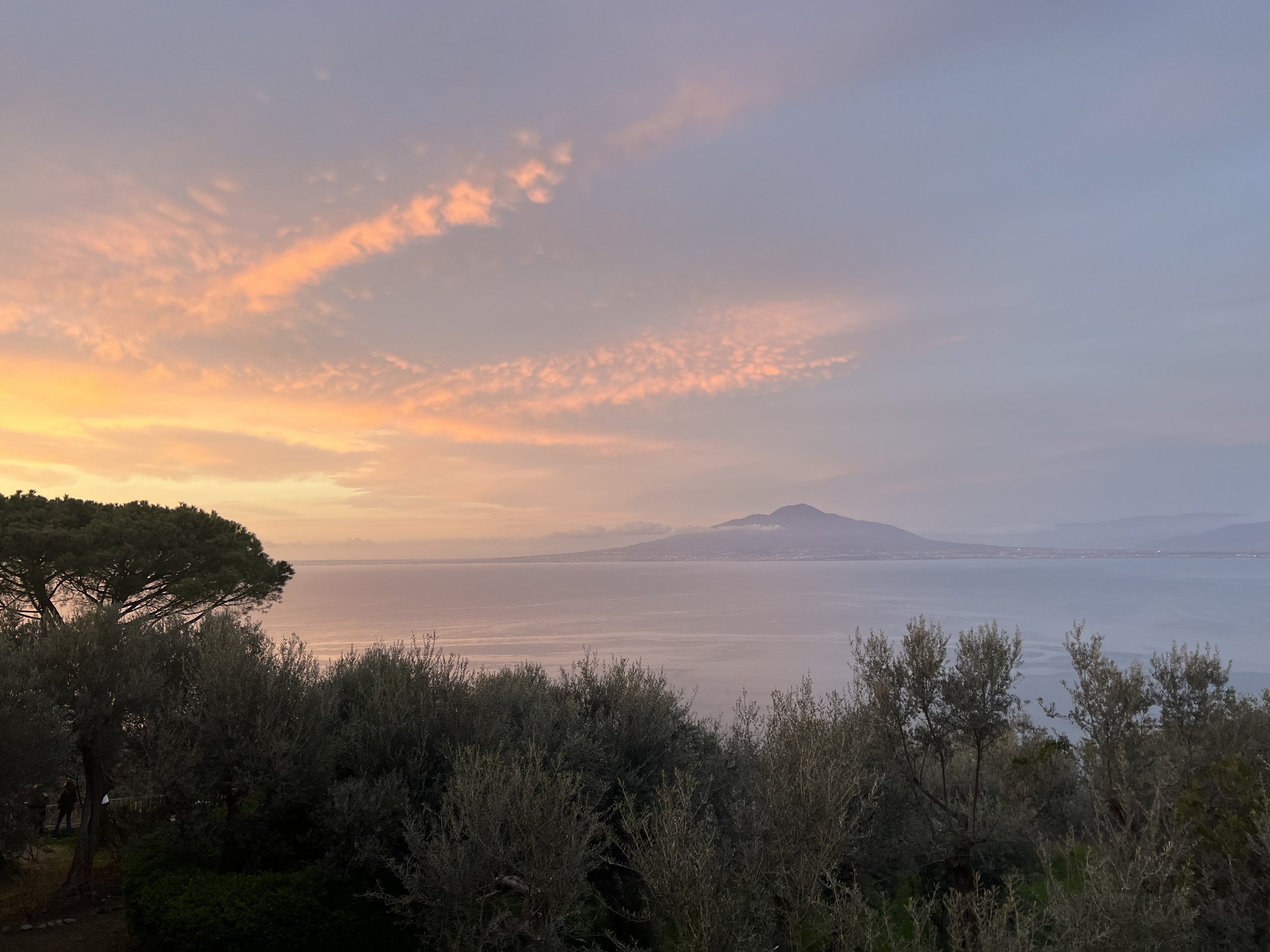
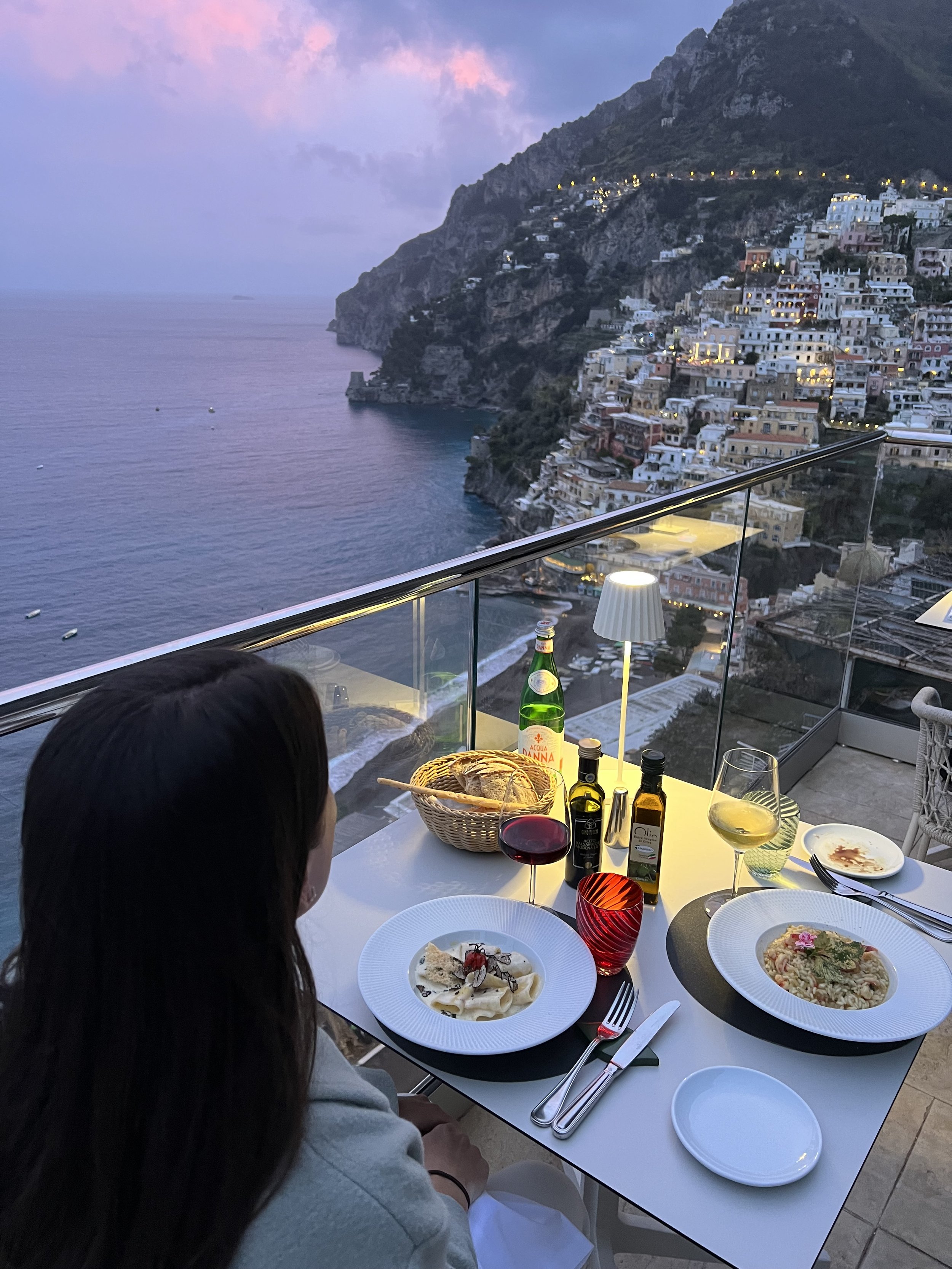
Italy Highlight #2
Eat your way through Naples
Naples isn’t high on many travelers’ Italian itineraries, but the birthplace of pizza might just deserve a spot on your schedule, particularly if you’re already venturing south to the Amalfi Coast.
Starting in Sorrento, we boarded the local train for a day-long excursion to Pompeii and Naples. We booked a 2-hour guided tour of the Pompeii ruins via Get Your Guide and then wandered the site for another 2 hours on our own. Having worked up an appetite, we returned to the train to make the 40-minute journey into central Naples.
Our Airbnb host, a native Napolitano, recommended two different pizzerias. Our first stop was Antica Pizzeria e Friggitoria Di Matteo, a no-frills establishment with both a walk-up counter and dine-in seating. The paper menu proudly shows a photo of Bill Clinton’s 1994 visit and lists an impressive selection of pizzas and antipasti. Don’t skip the arancino—the rice ball was the perfect accompaniment to our traditional margherita pizza.
We explored the city of Naples as we prepared ourselves for even more pizza. The shops along the narrow Via S. Gregorio Armeno are a particular highlight, known for handcrafted goods and a particular focus on Christmas ornaments and Nativity sets.
Our next stop was Pizzeria da Michele, which could pass as any other low-key pizzeria expect for the throngs of hungry diners waiting outside the door. This restaurant is most recognized as the location where Julia Roberts enjoyed an authentic pie in Eat, Pray, Love, and we were sat at the table that proudly displayed a photo of the actress in that famous scene.
Unlike Julia Roberts’ visit, you should expect to take a number, stay close, and wait. We enjoyed Aperol spritzes at the bar across the street and kept an eye on the numbers that ticked away on the storefront’s electronic board. Once you’re finally seated, your pizza selection will be fast—there are only four pies on the menu. Chewy, melty, and delicious, a true Neopolitan-style pizza won’t hold it’s shape as you lift it to your mouth—but you’ll never be able to look at pizza the same way once you’ve tasted an authentic one here.

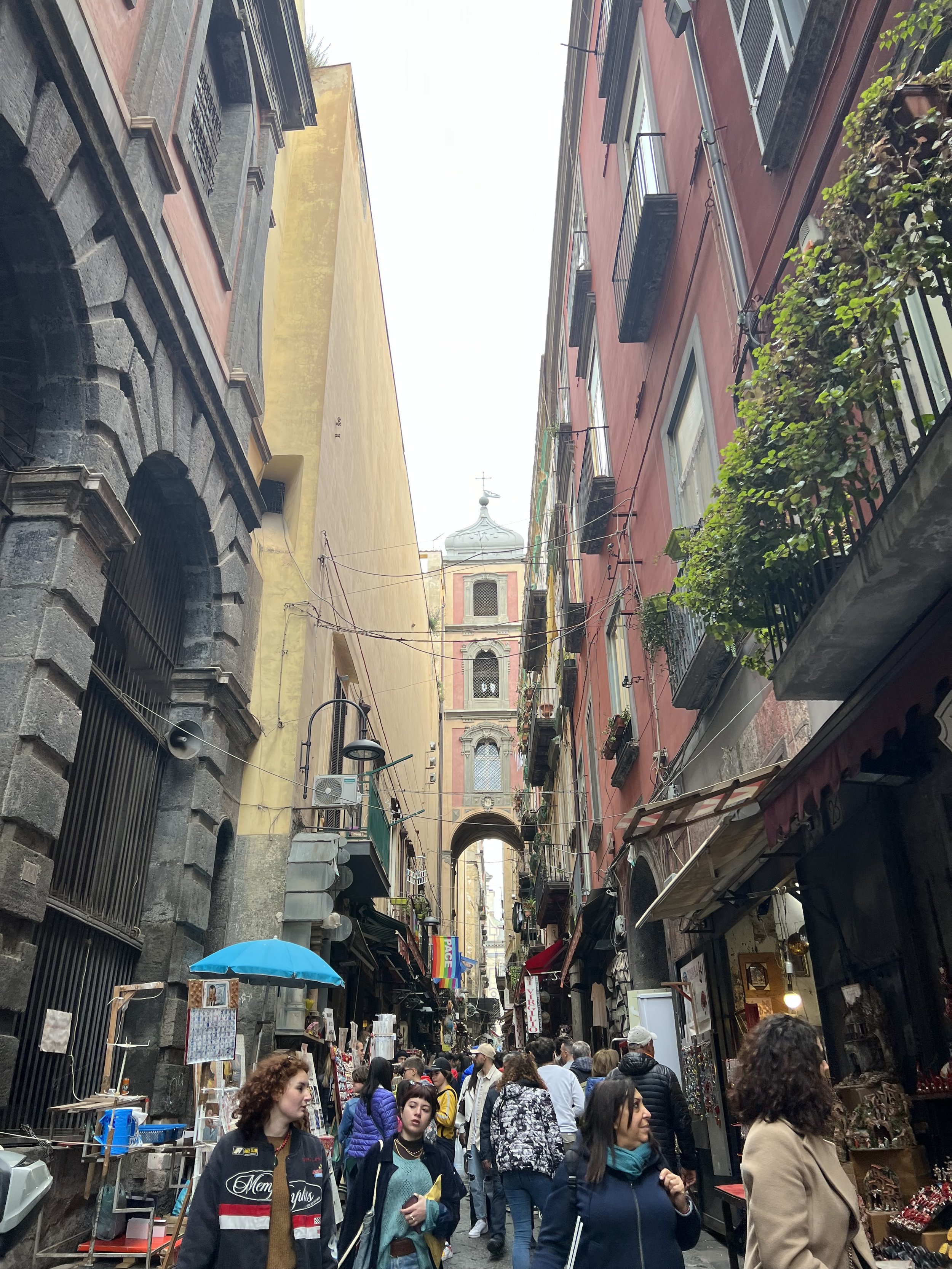
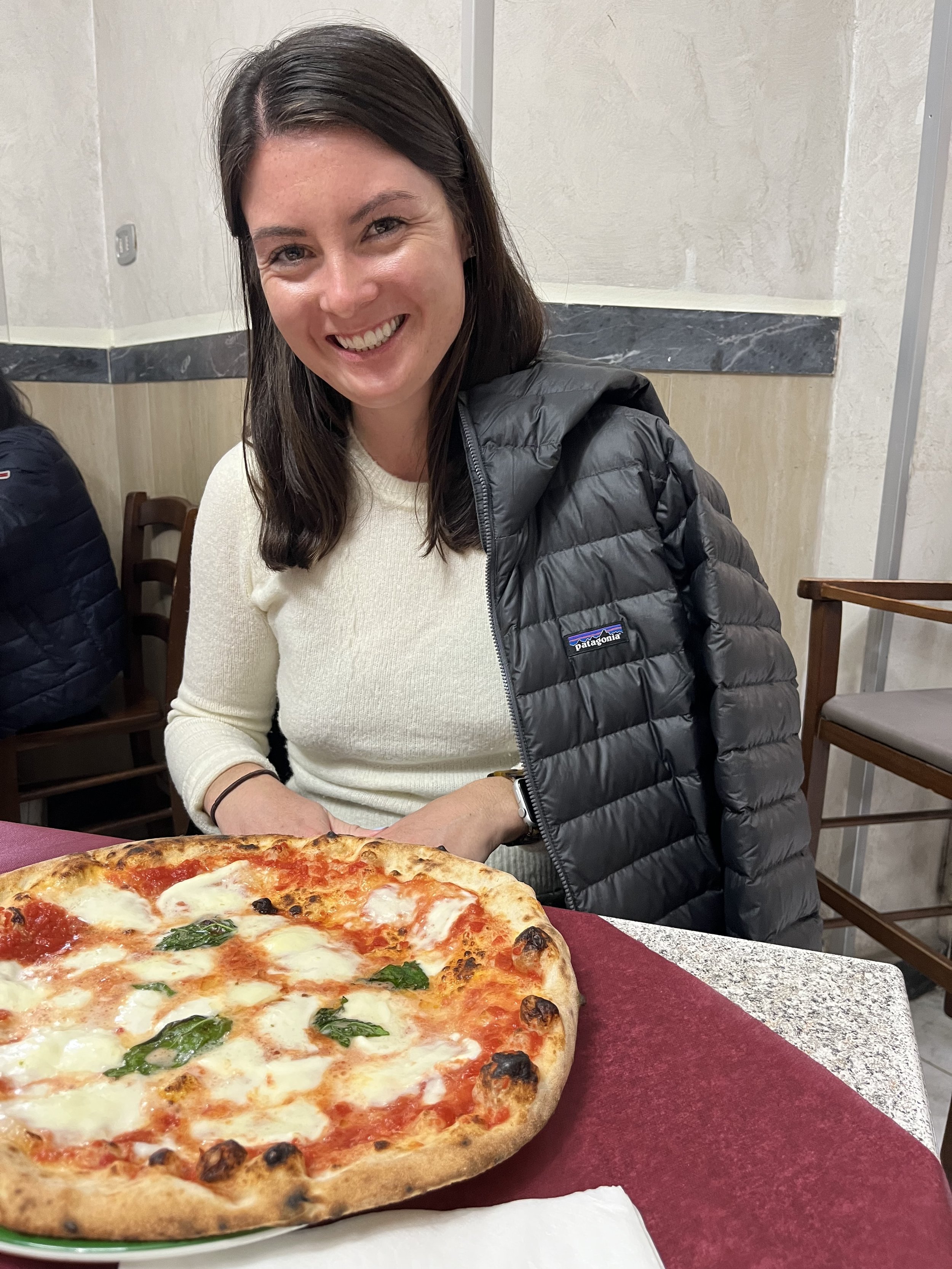
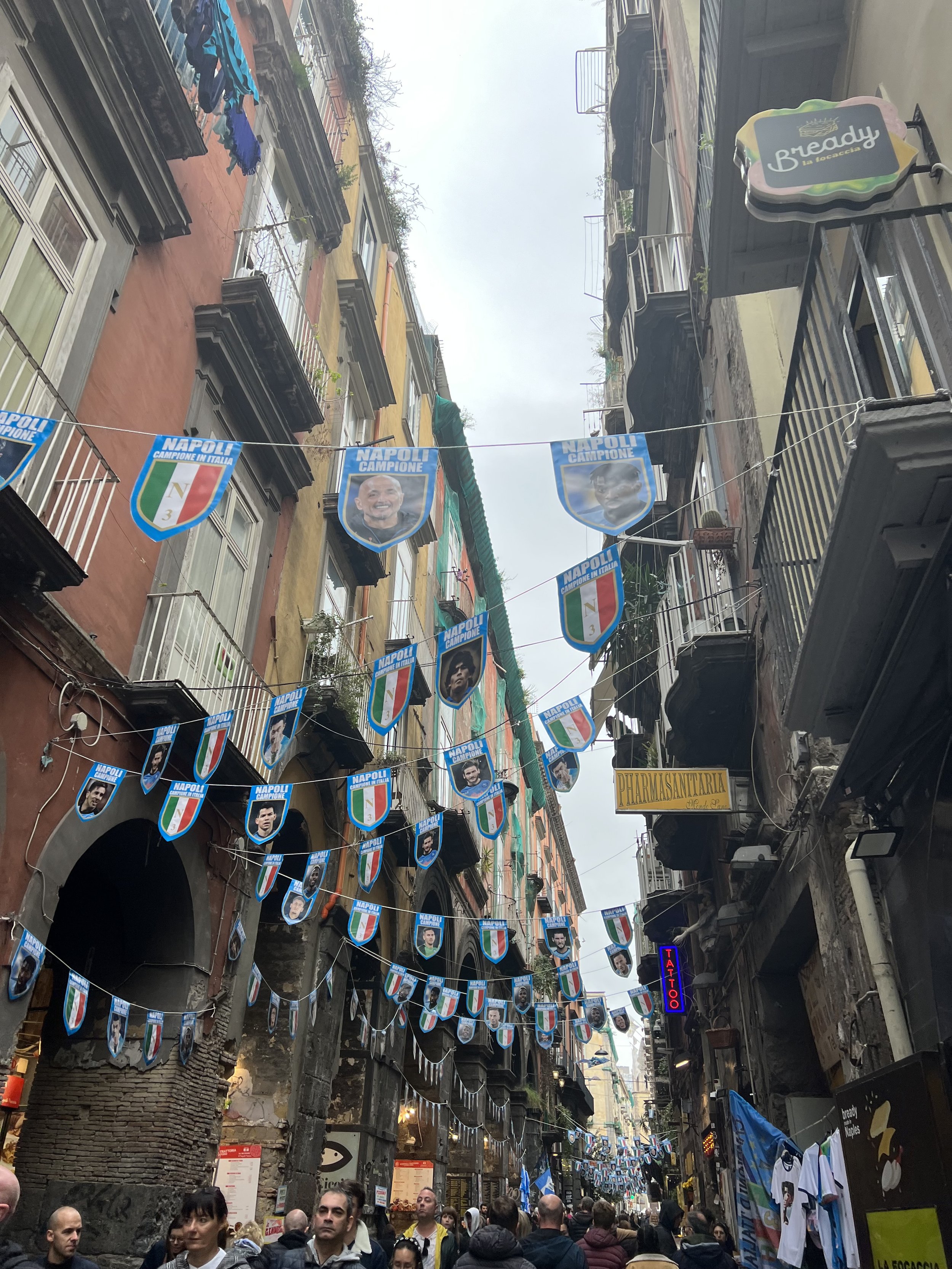
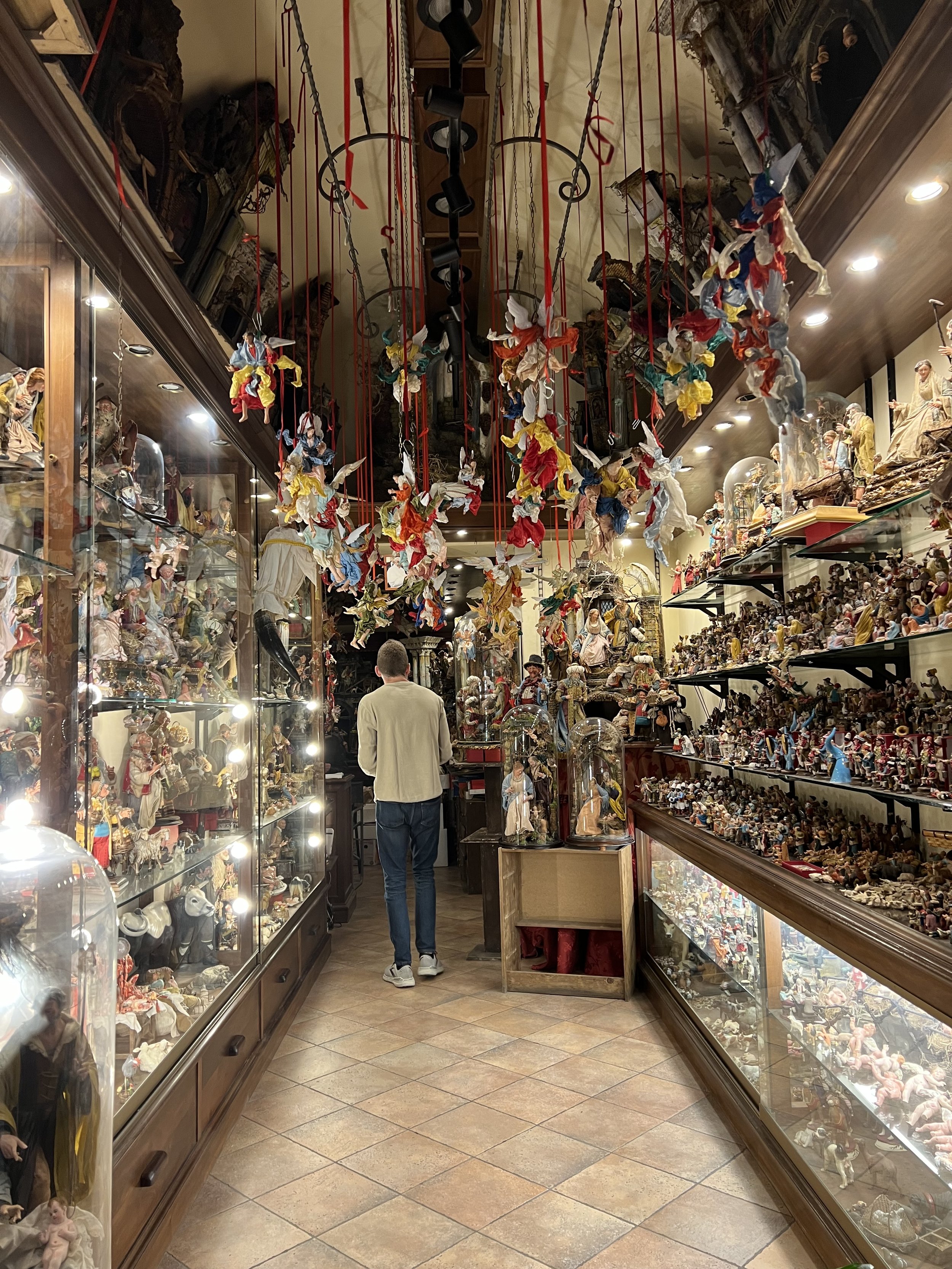
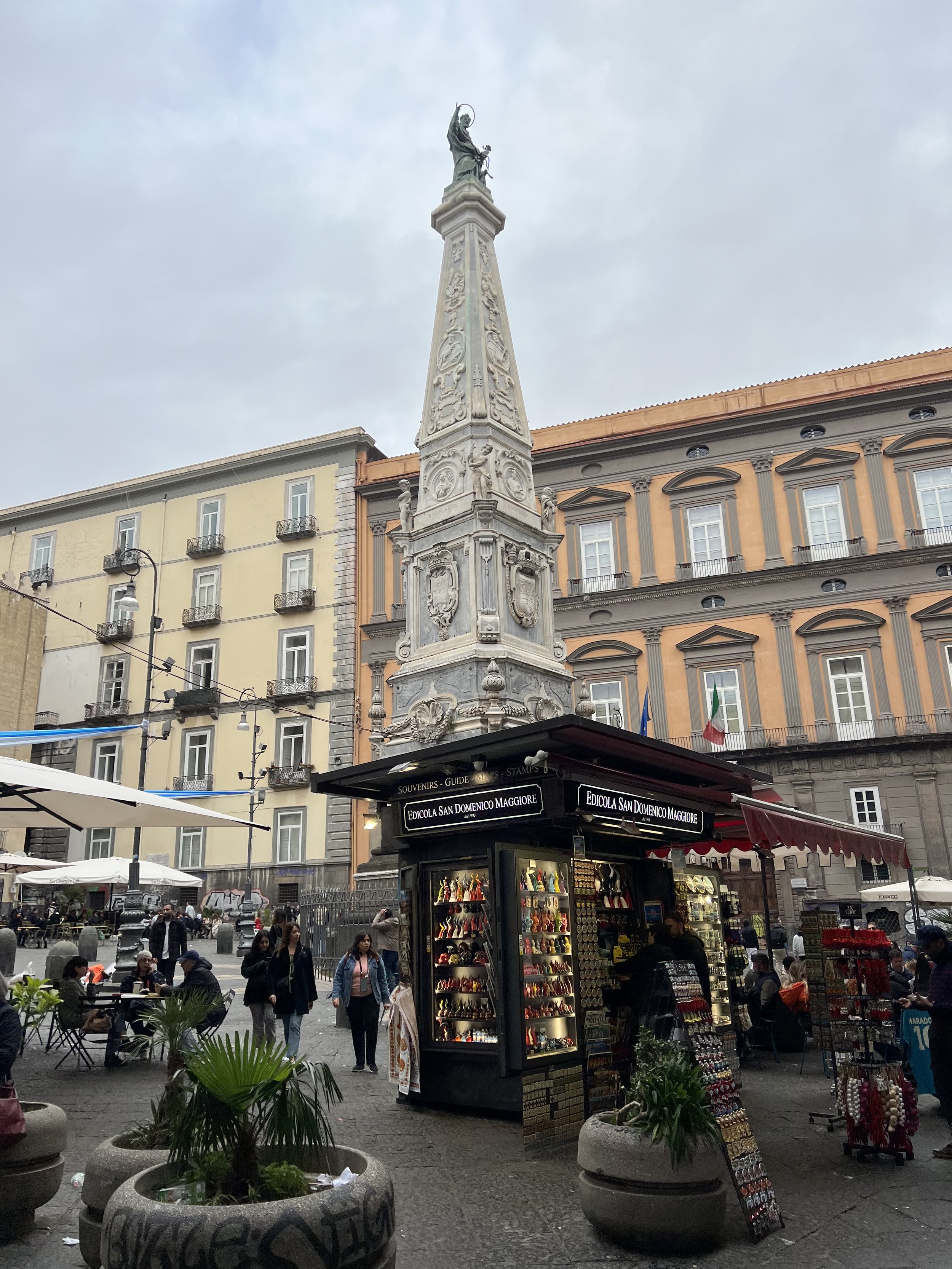
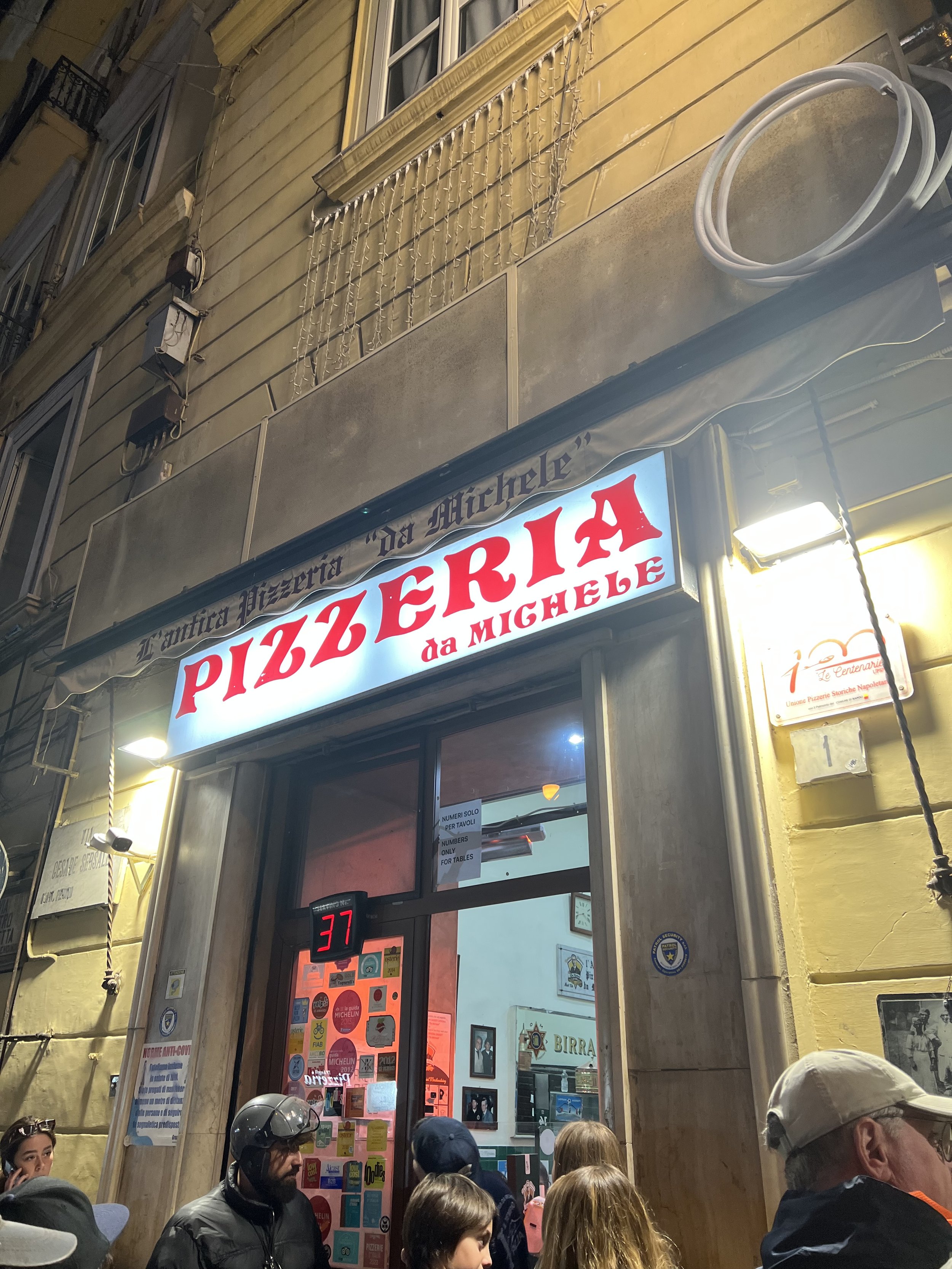
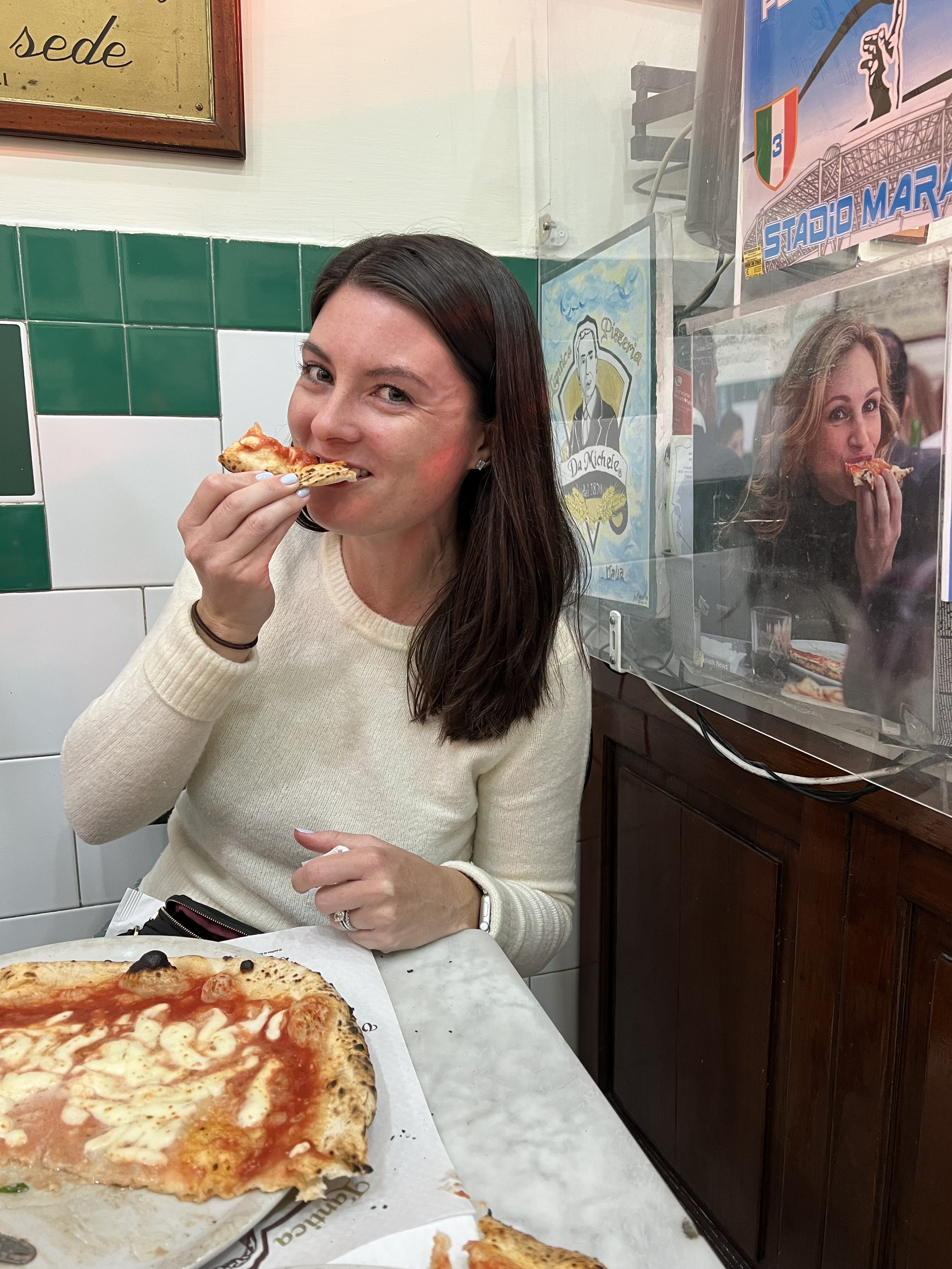

Italy Highlight #3
Sip wine in Tuscany
Florence is one of the most popular cities to explore in Italy. The history, the art, the architecture, the shopping… there are few reasons to leave Florence once you arrive. One of the only reasons you should leave is to experience the beauty of the Tuscan countryside, and the incredible vineyards that can be found just a short drive away.
We booked a half-day tour through Tripadvisor, which included two stops, six glasses of wine, and light bites at each location. We met the tour operator outside the Florence train station, and we were put on a mini bus for our hour-long drive into Tuscany.
Our first stop was Casa Emma, where we sat in the vineyard’s bright and airy tasting room. We sampled their Chianti Classico and Super Tuscan while snacking on bread and their white truffle extra virgin olive oil.
Our next stop was Fattoria Montecchio, a family-owned winery that dates back to the 1300s. The stunning property includes an ivy-clad main house, a small adjoining chapel, an impressive wine cellar with massive oak barrels, and a patio that overlooks the vineyards. We were then taken to the tasting room, where we were treated to a selection of wines, cured meats, house-made olive oil, and cheeses.
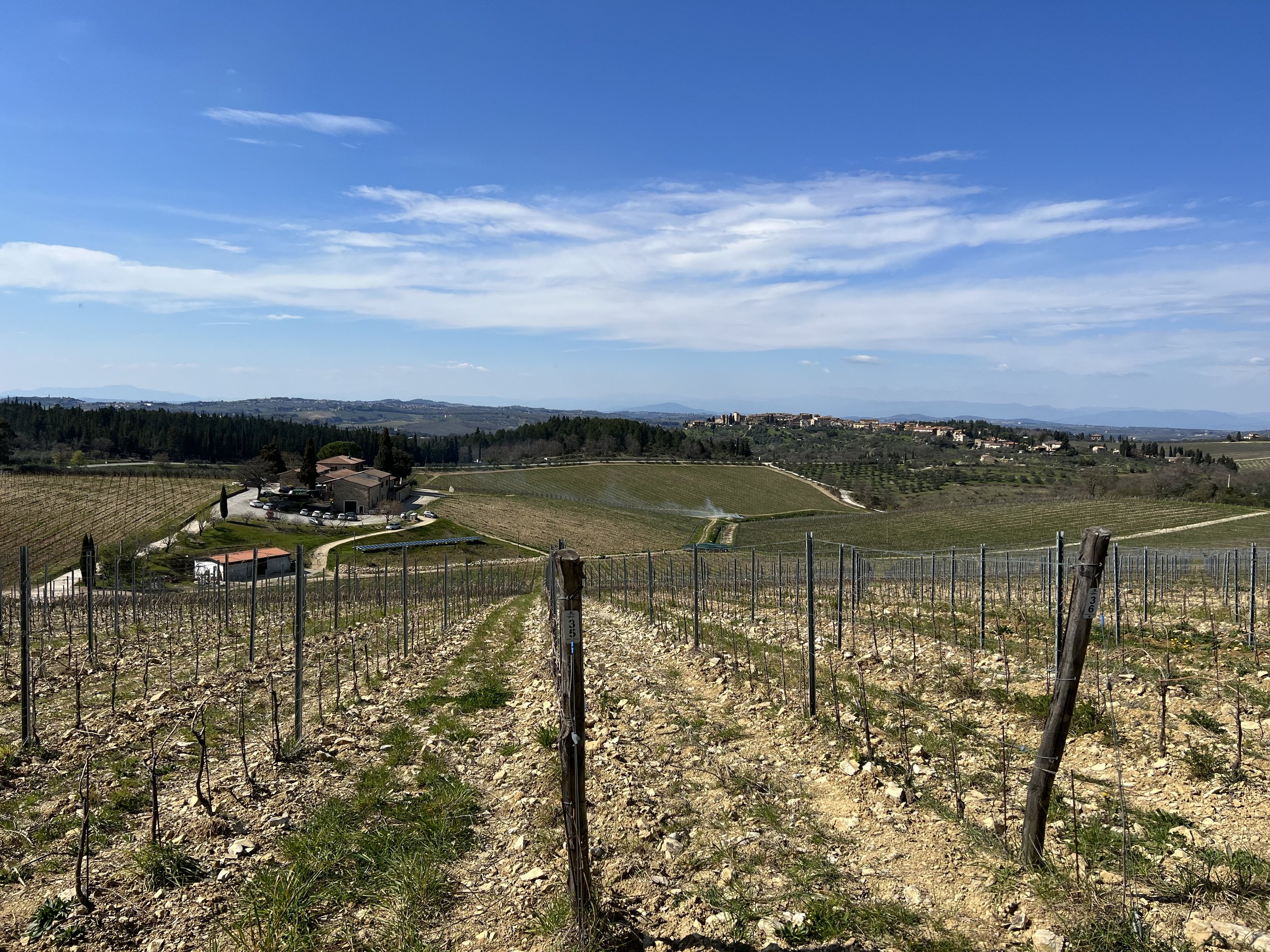
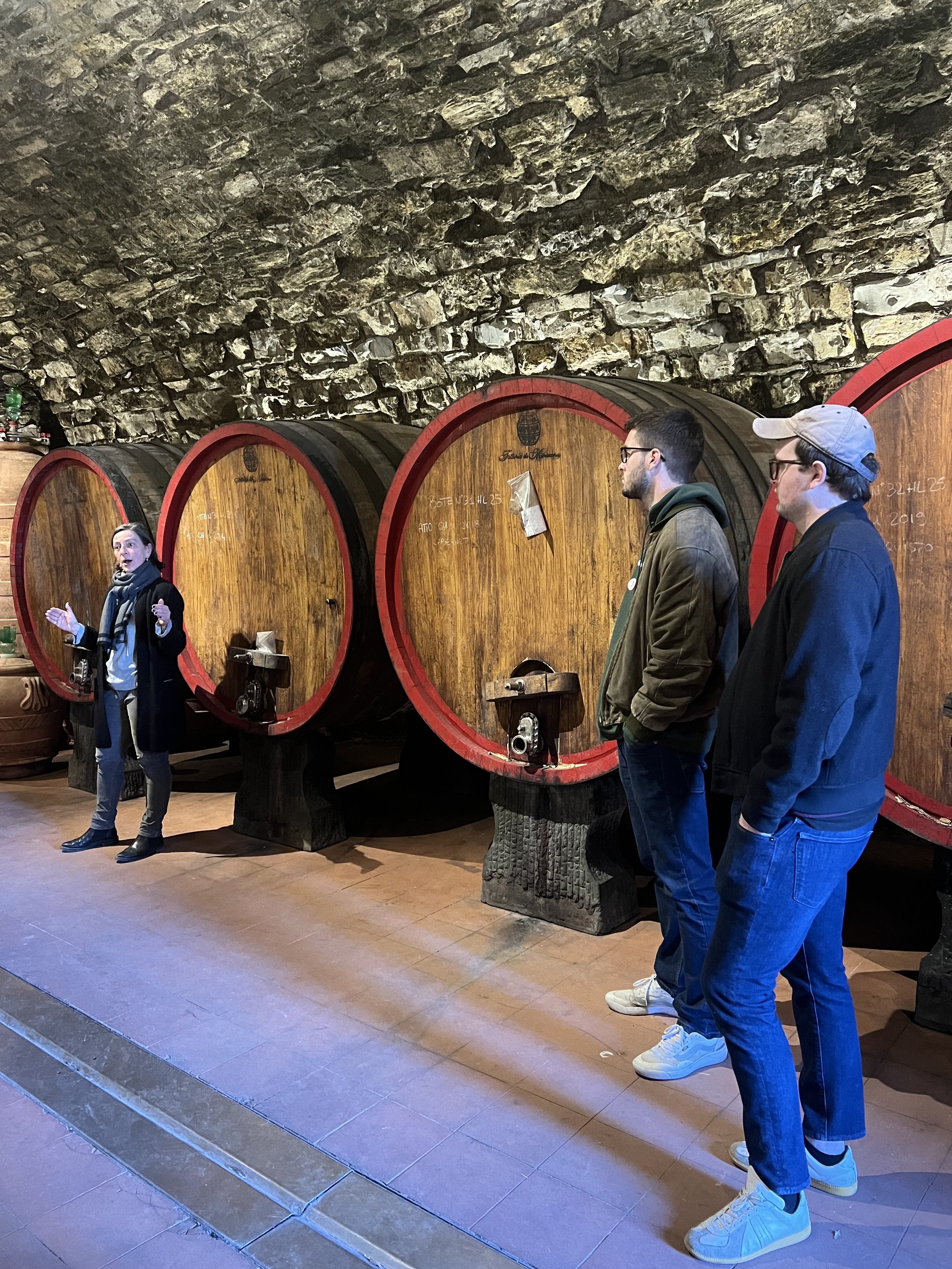
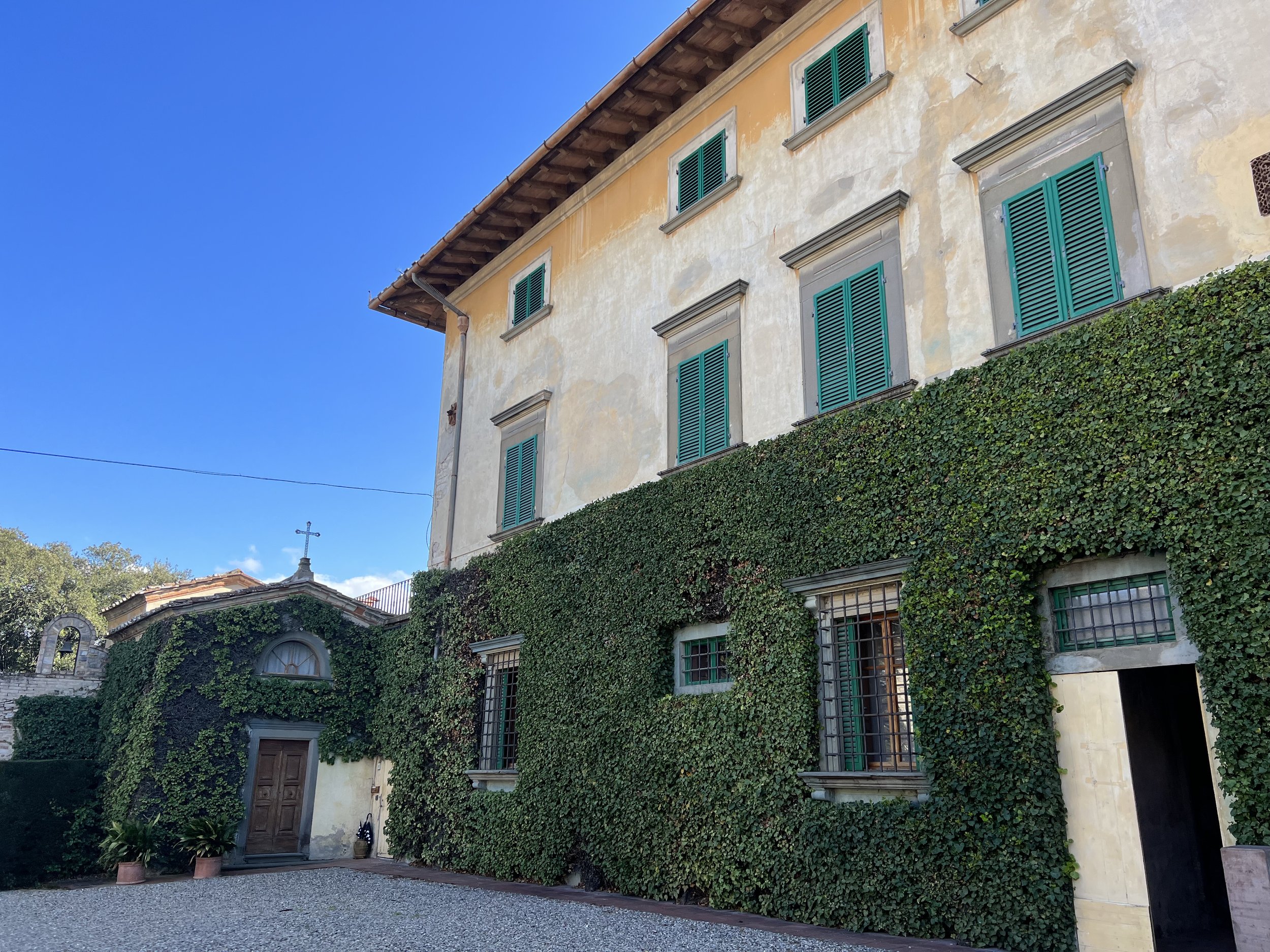
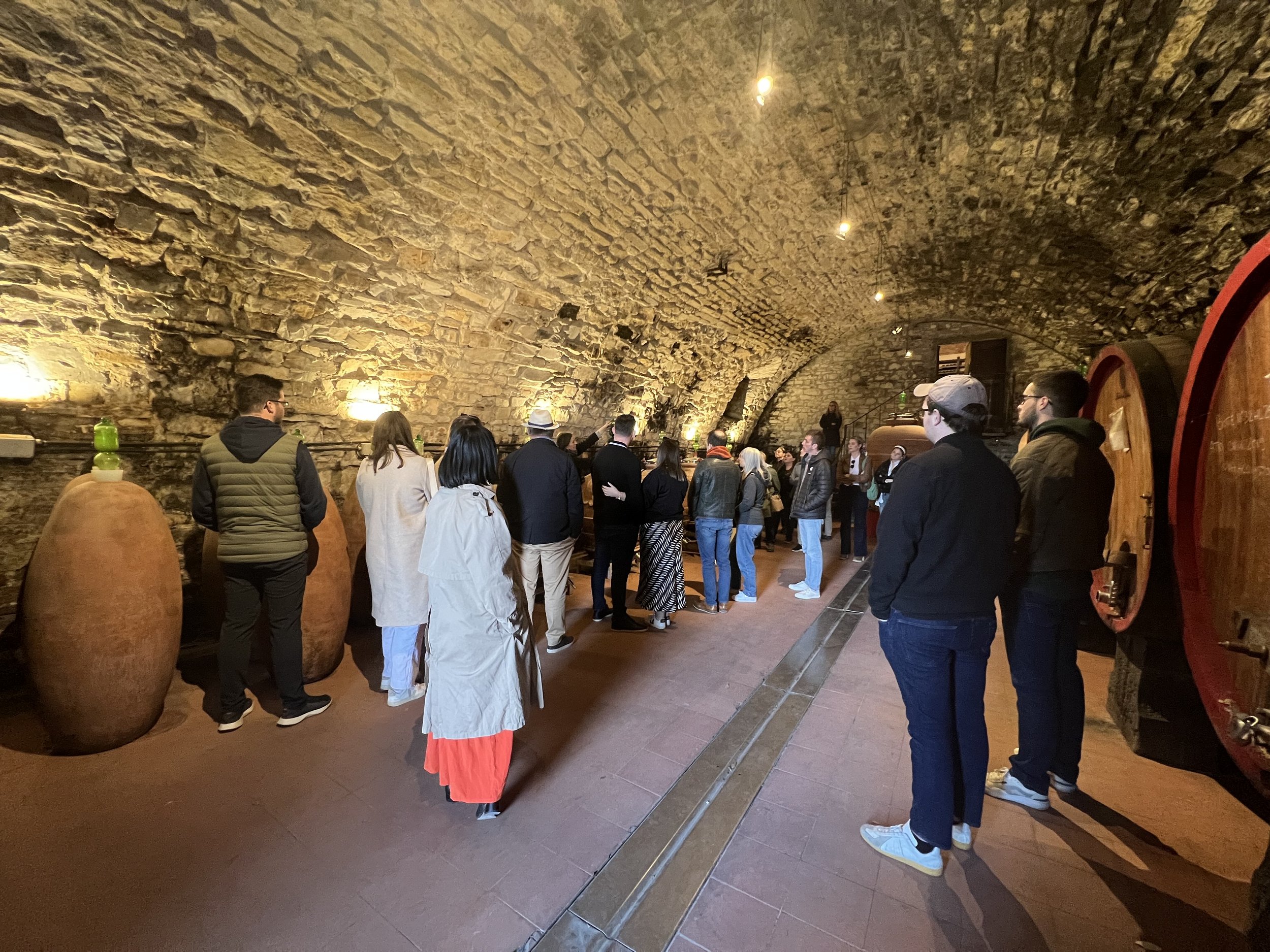
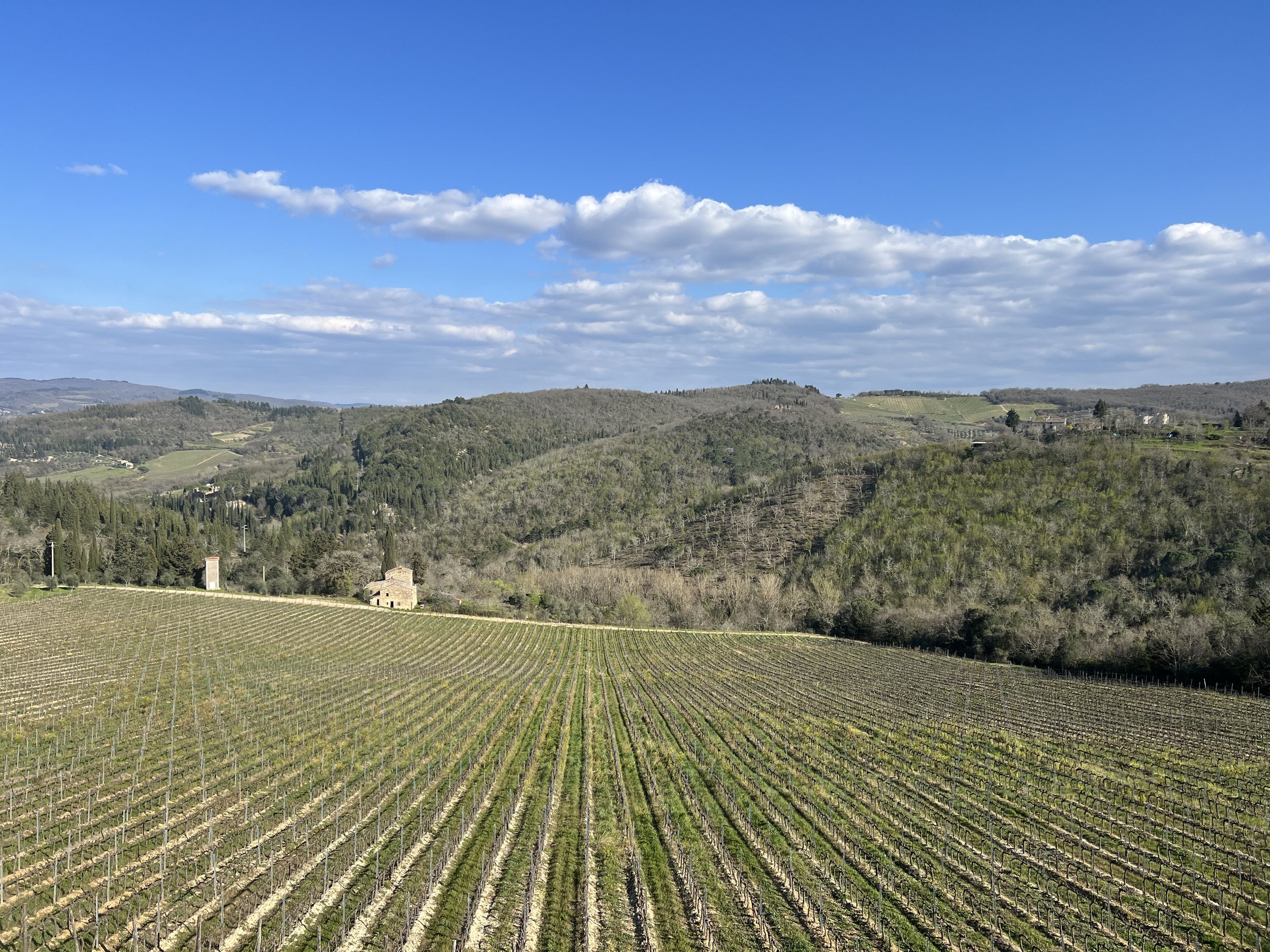
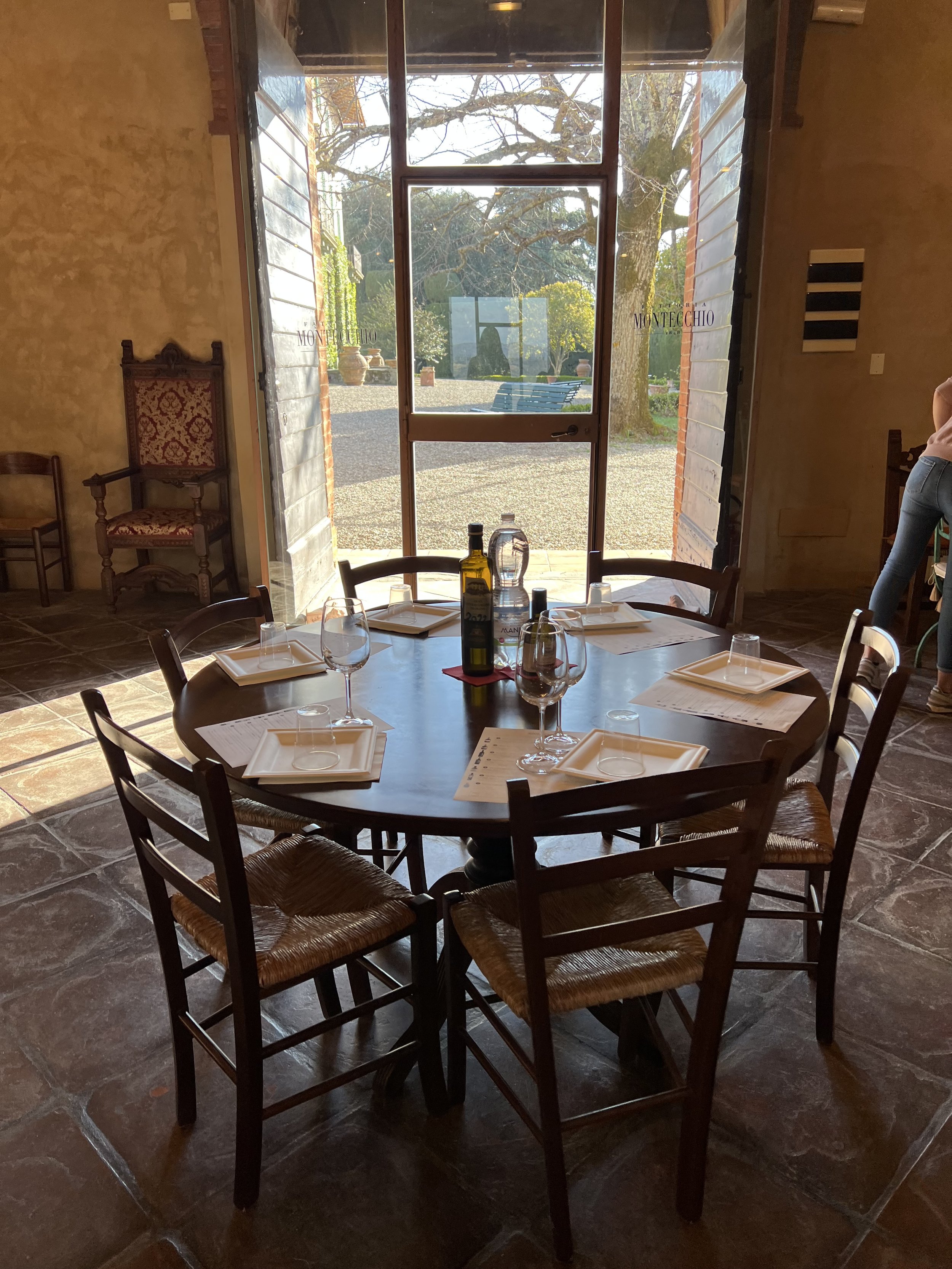
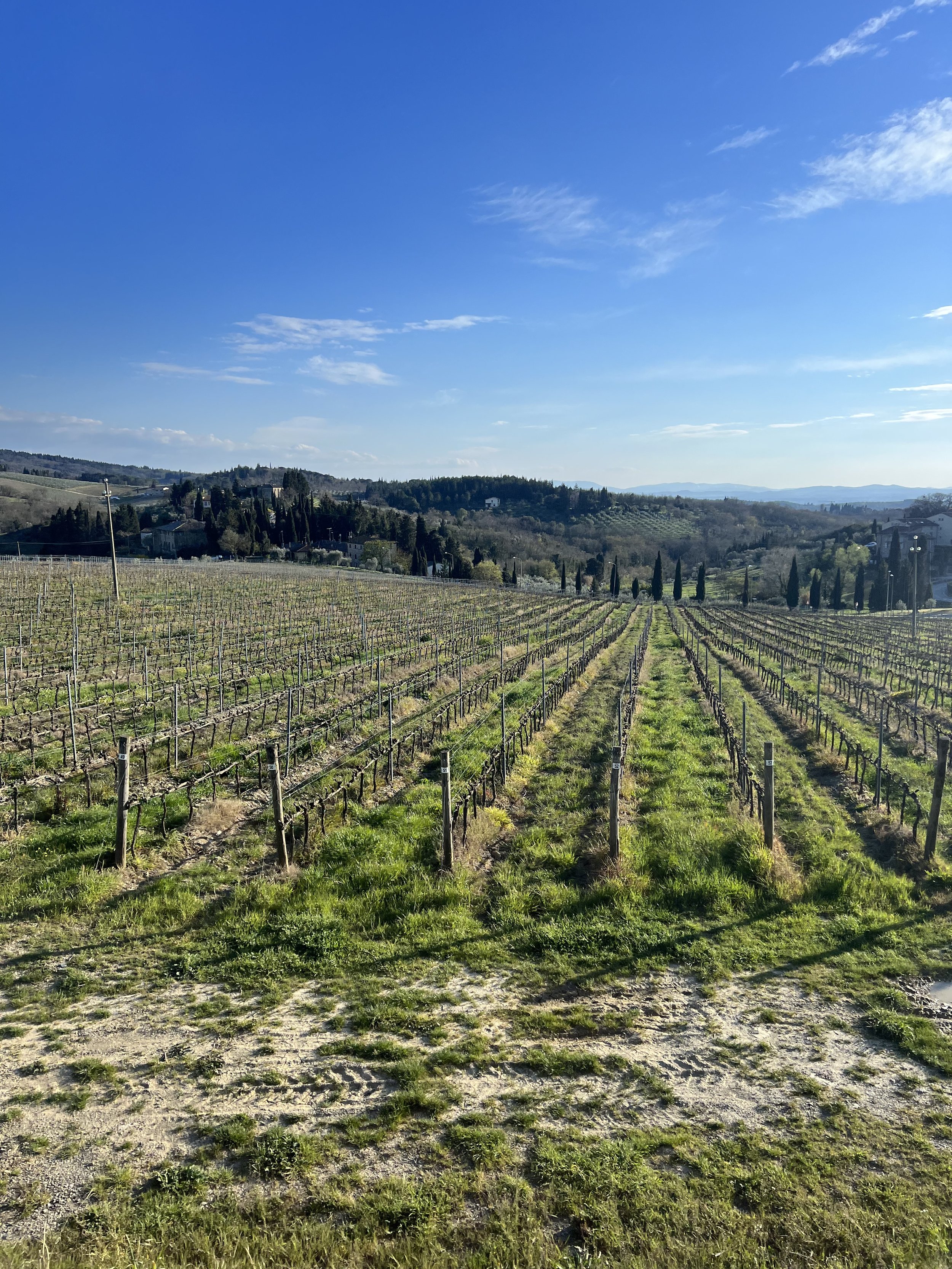
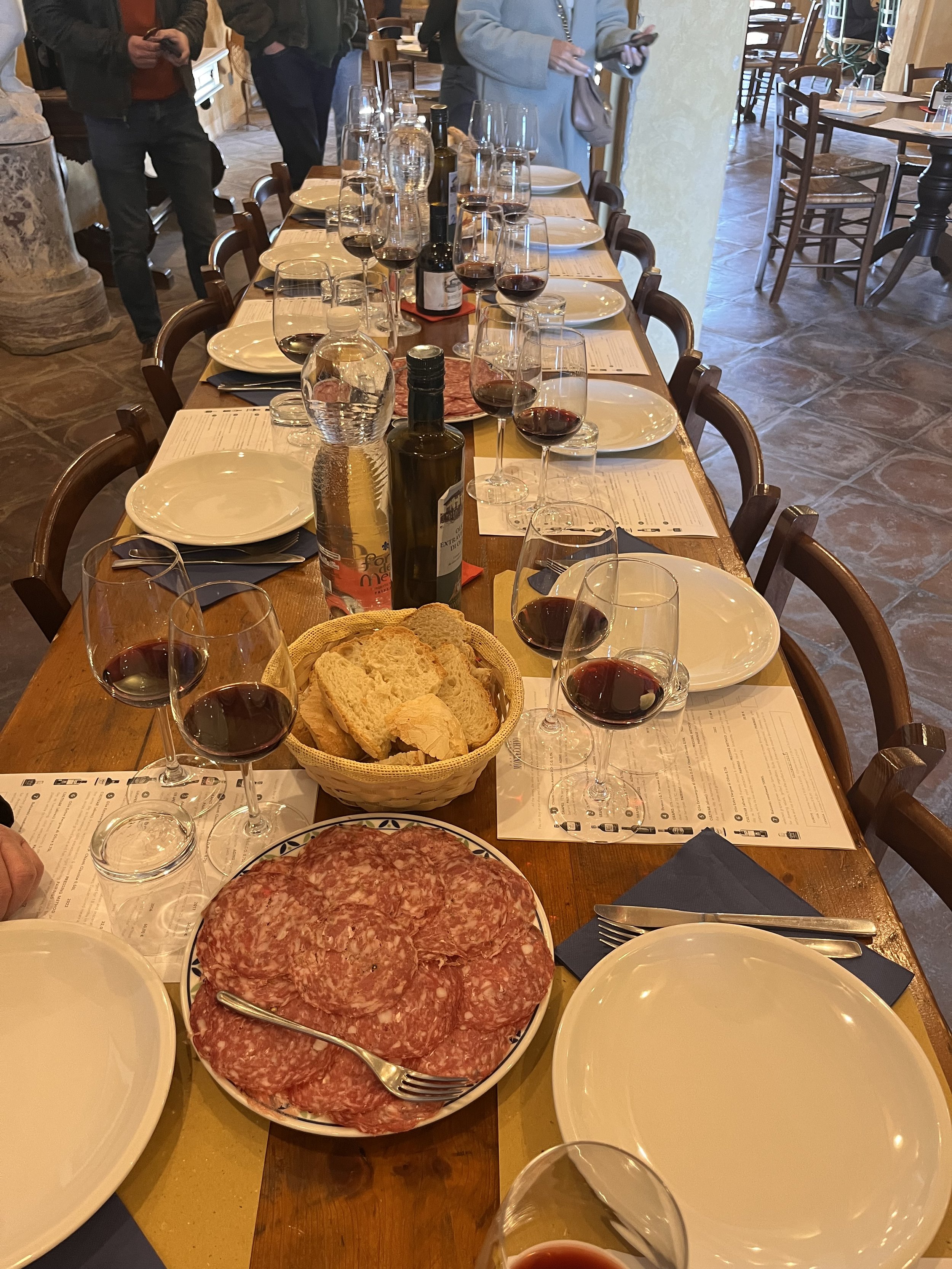
Restaurant Highlights
Pizzeria da Michele (Naples)
There are only four pizza options on the menu of this simple eatery, but don’t let that discourage a visit—take it from Julia Roberts, who famously visited this restaurant in Eat, Pray, Love.
Alfredo alla Scrofa (Rome)
The birthplace of fettuccine Alfredo, this restaurant is a must-visit to try the namesake dish, which is prepared tableside with an elaborately Italian flair.
Ristorante Adamo ed Eva (Positano)
A hotel-top restaurant with sweeping views of Positano, this restaurant is known for its high-end ambiance, inventive menu, and expert wine pairings.
Trattoria Zà Zà (Florence)
Florentine steak is in a league of its own—and once you visit Trattoria Zà Zà, you’ll know why. You’ll want to get a reservation in advance, as this restaurant is always buzzing.
What to Know Before You Go
Getting around:
Cabs and Ubers are plentiful, but the country’s train system is also one of the best I’ve experienced. The trains are so timely that automated refunds are offered for delays on a percentage system. We used the high-speed train system to travel between the major cities, negating the need for internal flights. The trip to the Amalfi Coast isn’t the most straightforward, as the major train lines only extend as far south as Naples. You’ll need to connect to a local train for access to Sorrento, particularly between the off-season months of October and April, when ferries do not run. We took the local bus between Sorrento and Positano, which was an incredibly stressful experience. Cabs do offer this route for upwards of 100€, and there are also car services you can book for direct access. We were quoted 250€ for a car between Positano and Naples, and prices can climb even higher during the summer months.
Where to stay:
When choosing accommodation in Italy, we selected a mix of experiences (our Sorrento Airbnb was not centrally located, but was a 16th-century Italian castle with sweeping views of Mount Vesuvius) luxury (Hotel Eden Roc in Positano), and convenience (an Airbnb in the central, accessible area of Florence).
What to eat:
Italian food … need I say more? The birthplace of pasta and pizza, espresso and gelato, it’s hard to go wrong with the local cuisine.
When to visit:
Is there a bad time to visit Italy? For certain regions, yes: the Amalfi Coast largely doesn’t officially open for tourism until April 1, so ferries won’t be operating and many restaurants and shops are still closed. The same goes for Capri—you’ll find charter boat options for day trips, but the island isn’t primed for guests until the season begins in April.
That being said, Holy Week in Italy provides plenty of activities that you won’t find in the high season (and a fraction of the tourists!). The weather in the spring and fall is generally temperate and sunny. Winter temperatures fluctuate, from skiing conditions in the north to more mild southern climates, where temperatures rarely fall below 50 °F.



